menu
menu
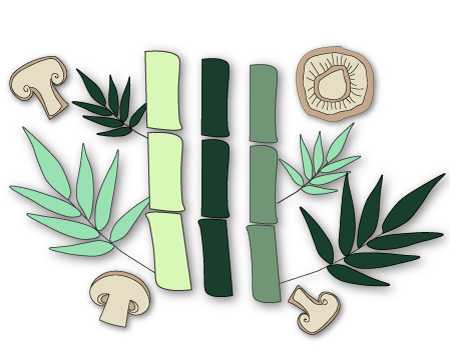
Serving the community of
Palmer's Crossing in Hattiesburg, MS
Welcome to Herbert Bamboo & Farms.
We are a family-owned company, with USDA backing, specializing
in the cultivation of Bamboo and Gourmet Mushrooms.

To continue a legacy of sustainable agriculture that supports building of health, wealth and stability in the African-American community of Palmer's Crossing.
De'Broski R. Herbert Ph.D., holds sole ownership of Herbert Bamboo and Farms that was inherited from his grandfather, the late Walter Daniel Stepps PFC U.S. Army and his great grandfather Conteen Jackson.
Watch the video below on Freedom Summer, the historical moment that helped awaken the consciousness of the nation as Americans watched what happened on nightly news programs and read reports in the daily papers.2
1964 Freedom Summer Driving & Audio Tour from VisitHBURG on Vimeo.
Built in 1939, The Embassy Club—later rebuilt as The Hi Hat— attracted black stars alike. The greats: B.B. King, James Brown, and Fats Domino entertained Palmer’s Crossing residents. “It was a big event when these entertainers came and you dressed up in your finest clothes," stated Allean Barnes. Although the club is no longer open, its structure still stands today in Palmer's County. 3









The word Sankofa comes from the Akan people of Ghana, and it means "to go back and get it." This idea encourages us to reflect on the wisdom of the past to create a better future. Just like the Sankofa bird, which flies forward with its head turned back, we can move forward in life by learning from the experiences and knowledge that came before us.
When we take lessons from the past and apply them today, we can make better choices, especially when it comes to our health and wellness. By reclaiming what is good from our history, we can nourish ourselves and build a brighter, healthier future for ourselves and the generations to come.
Understanding our roots helps us appreciate how far we’ve come and guides us in making the right decisions as we move forward. To improve our health and well-being, we need to honor the past while striving for progress.

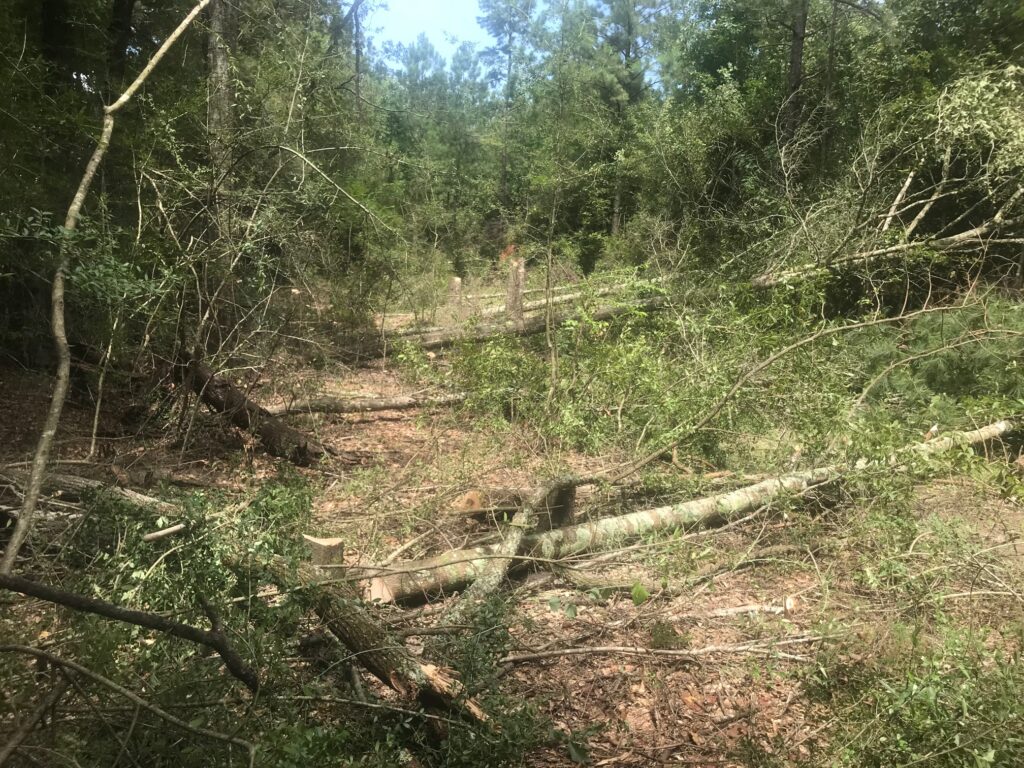

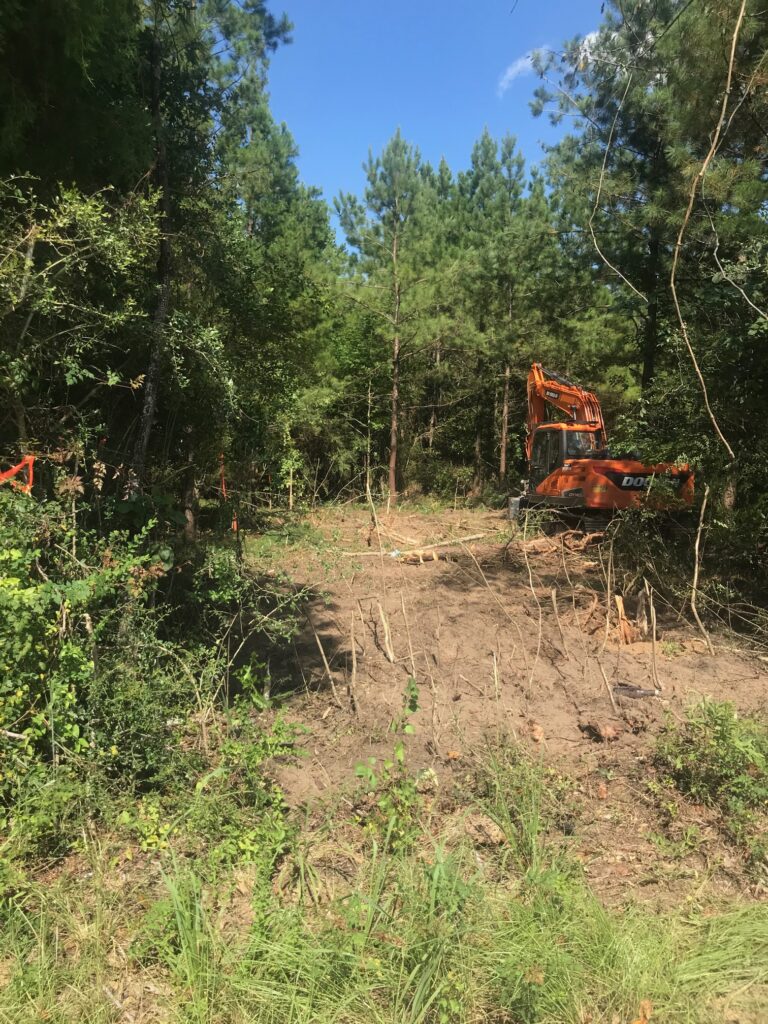


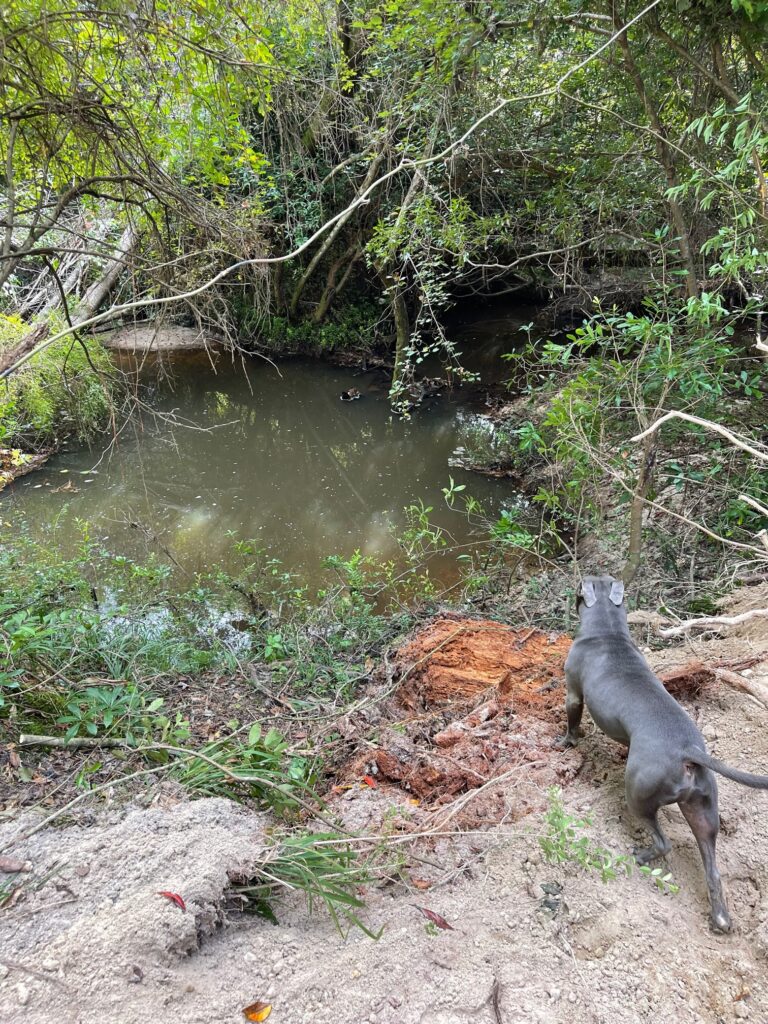
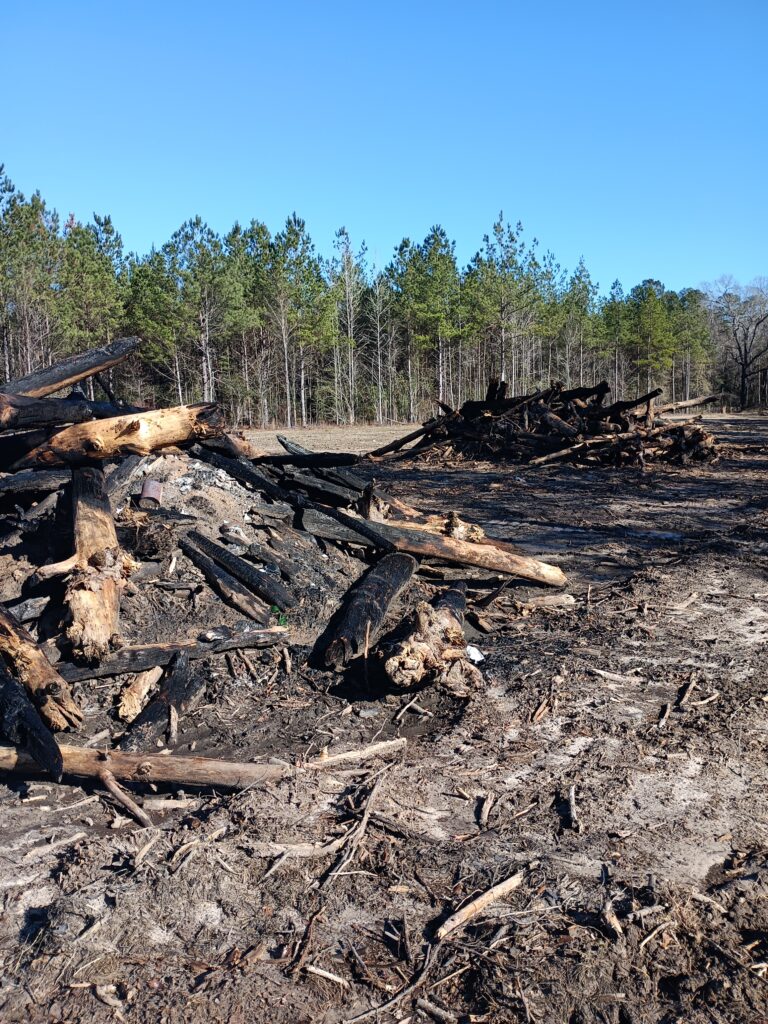
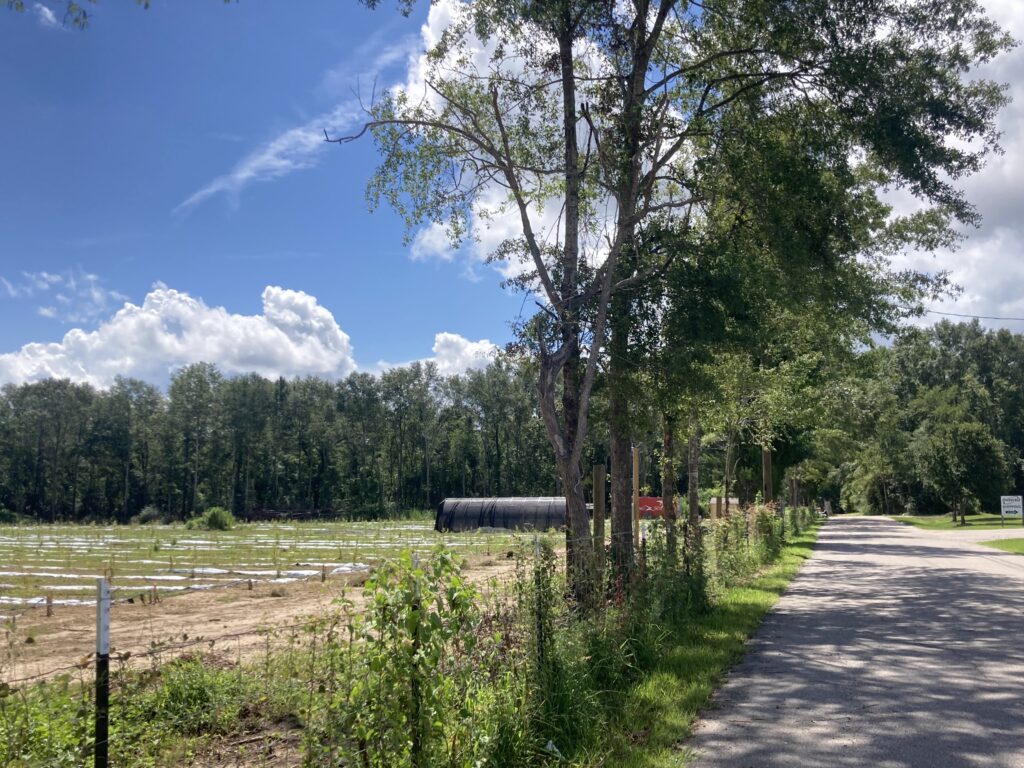
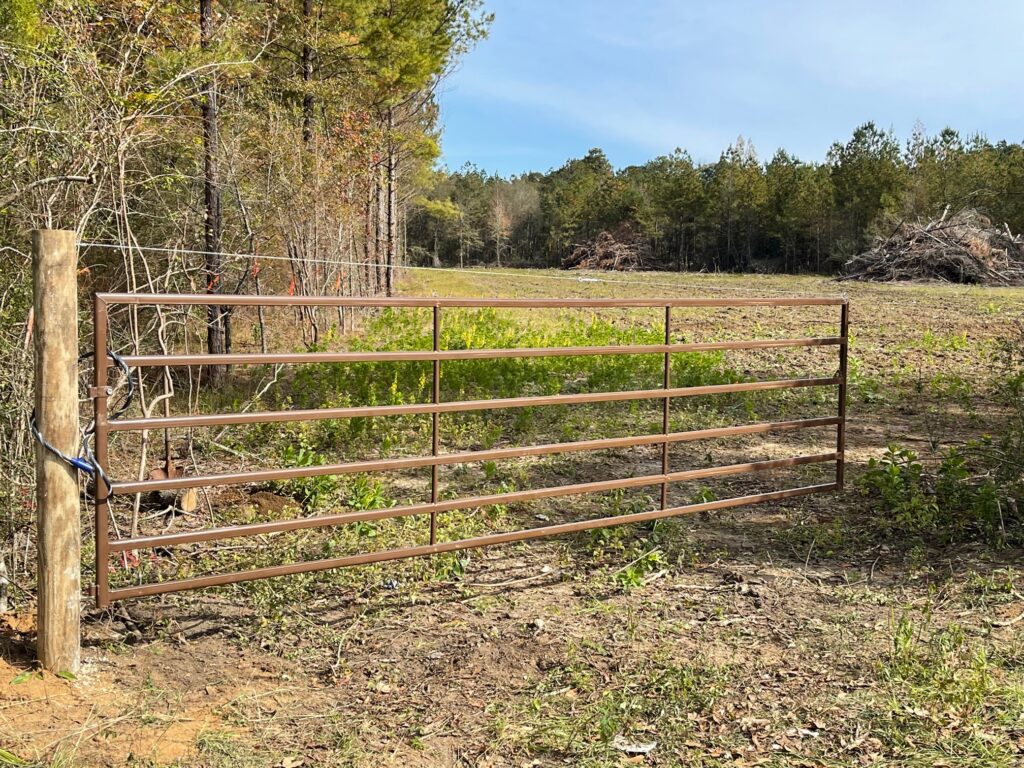


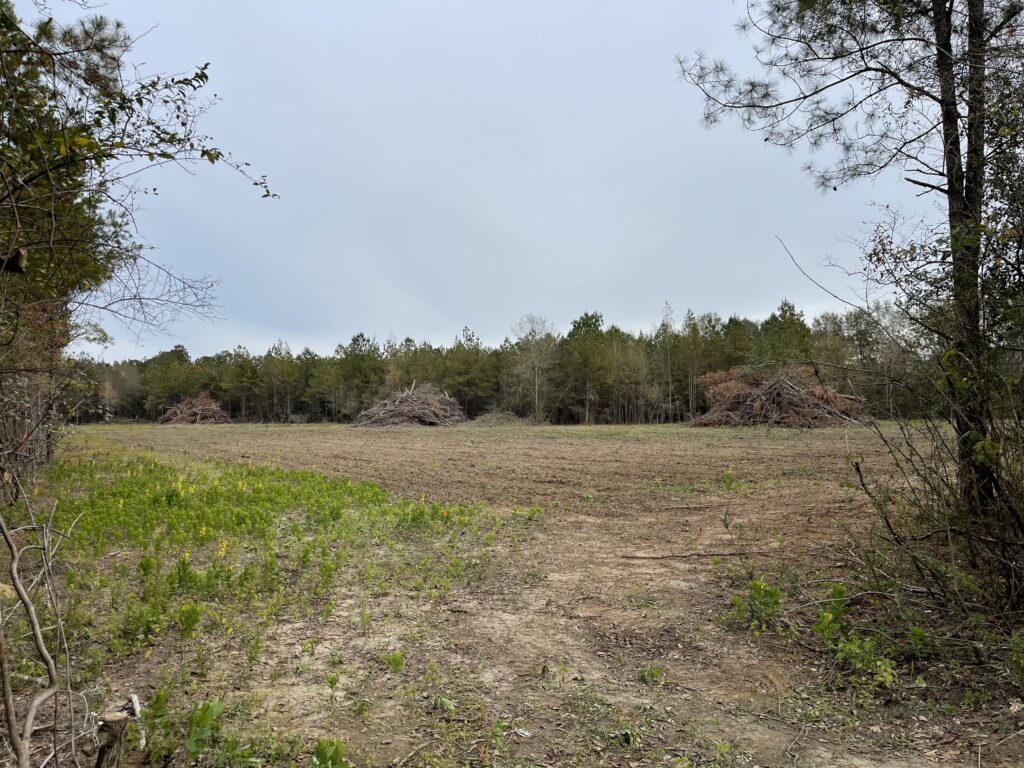
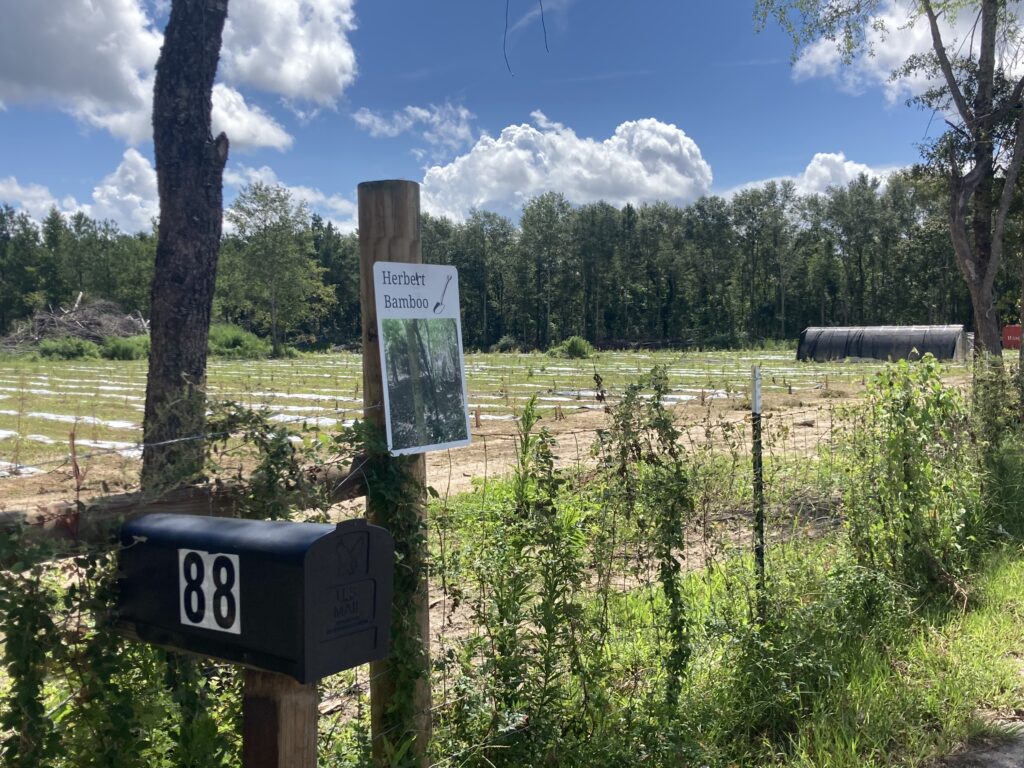
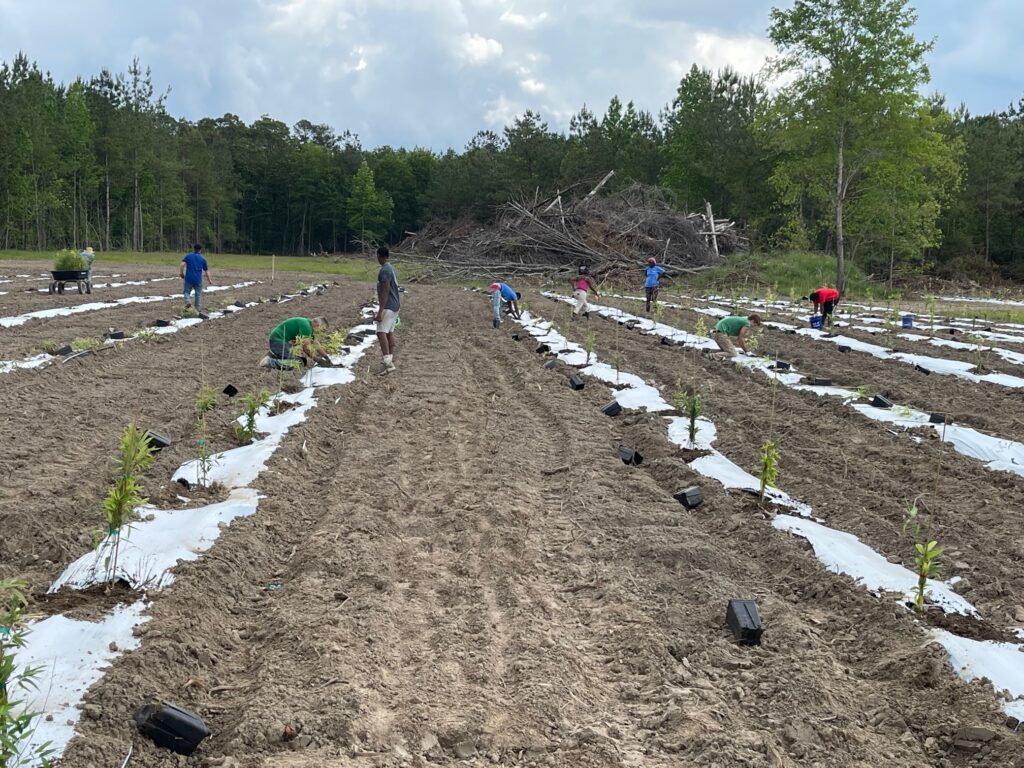
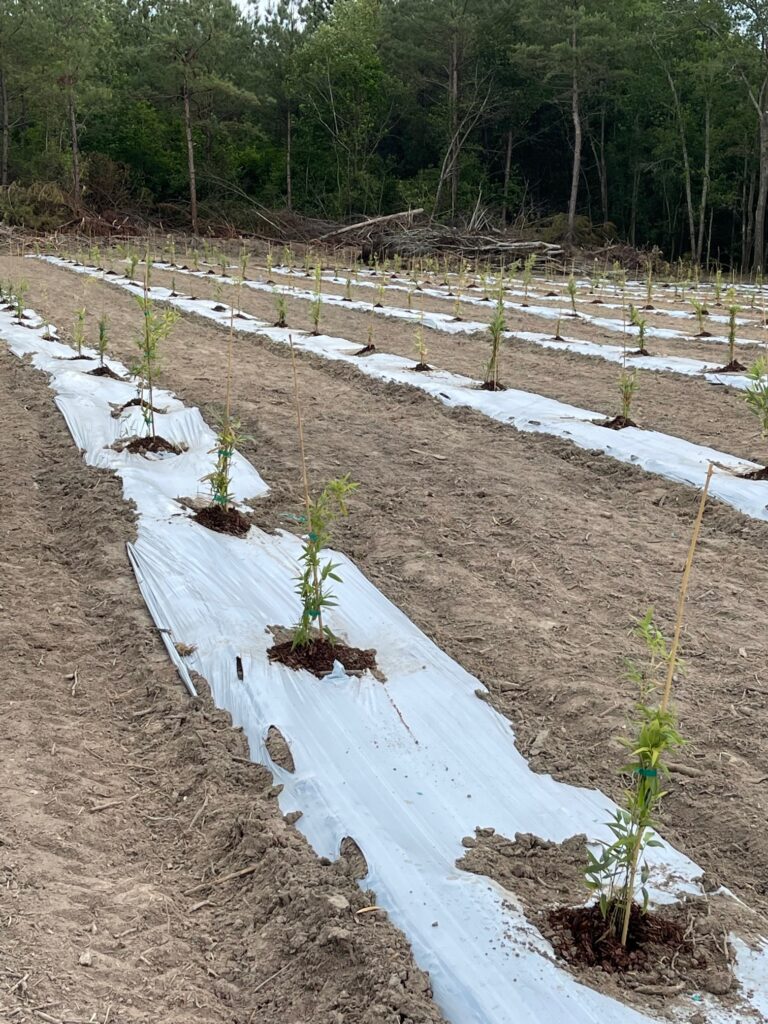
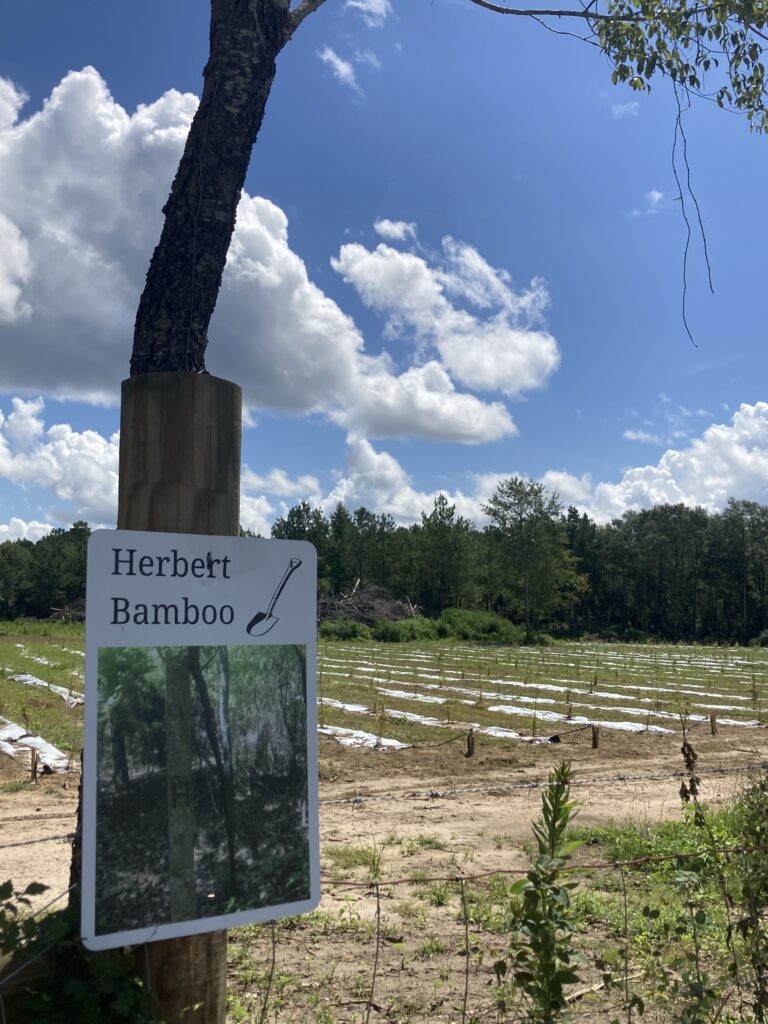
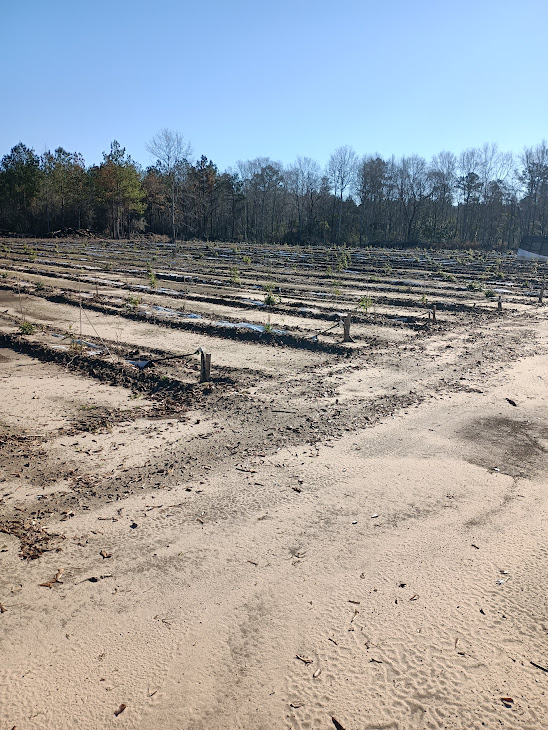
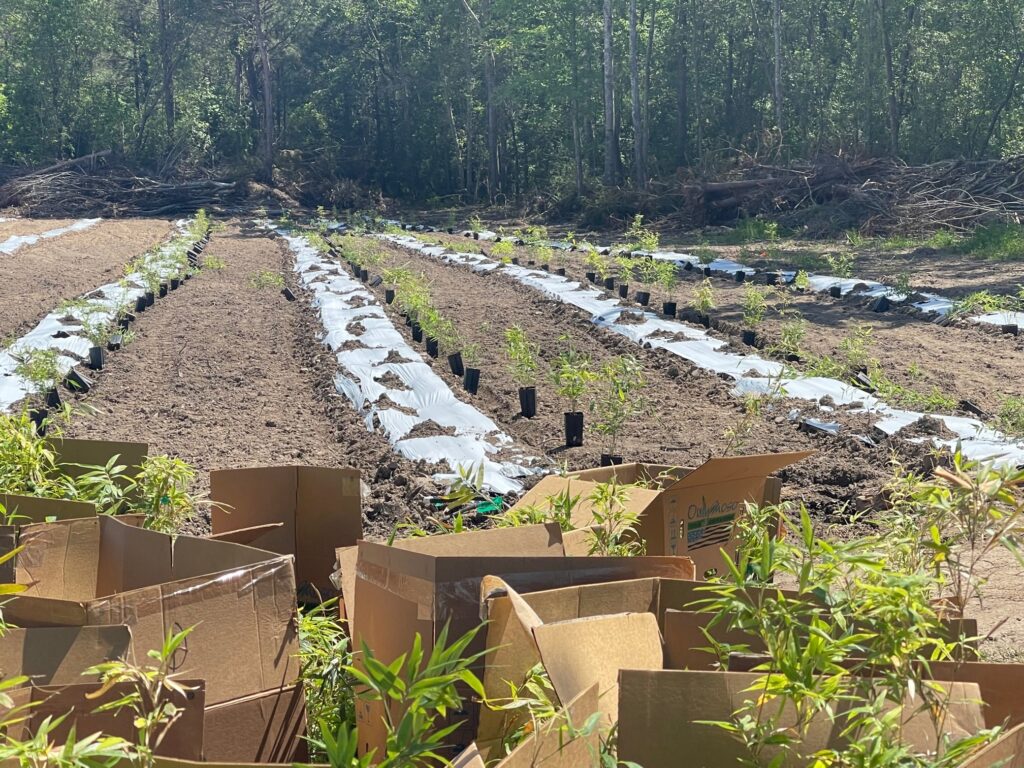

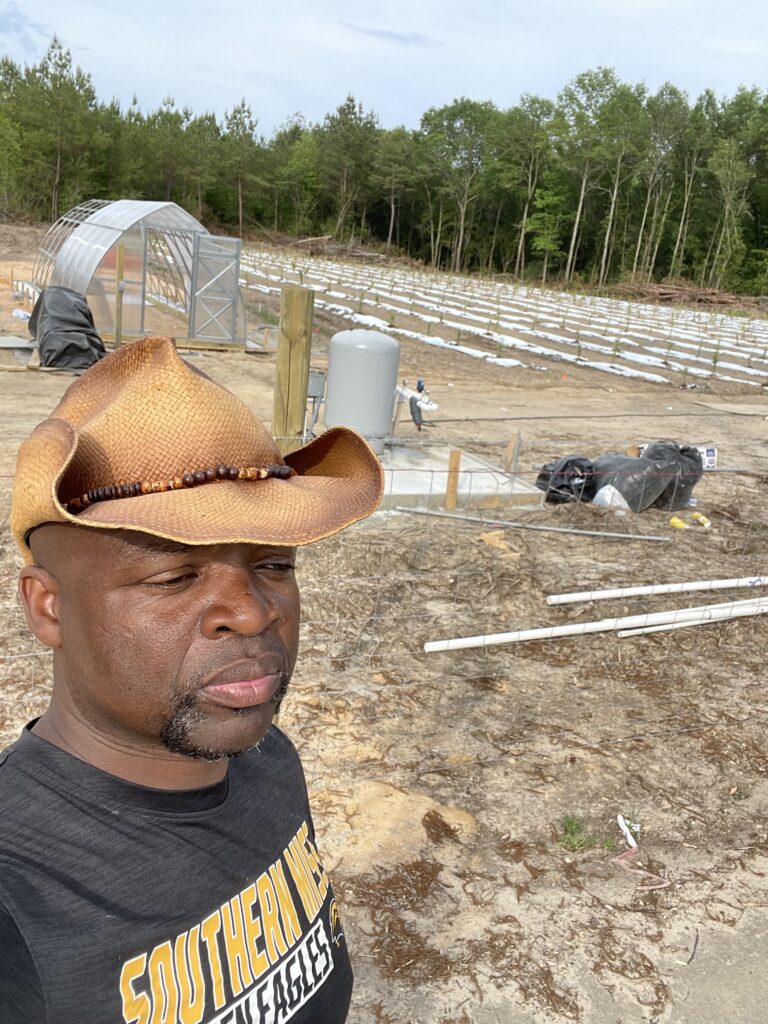
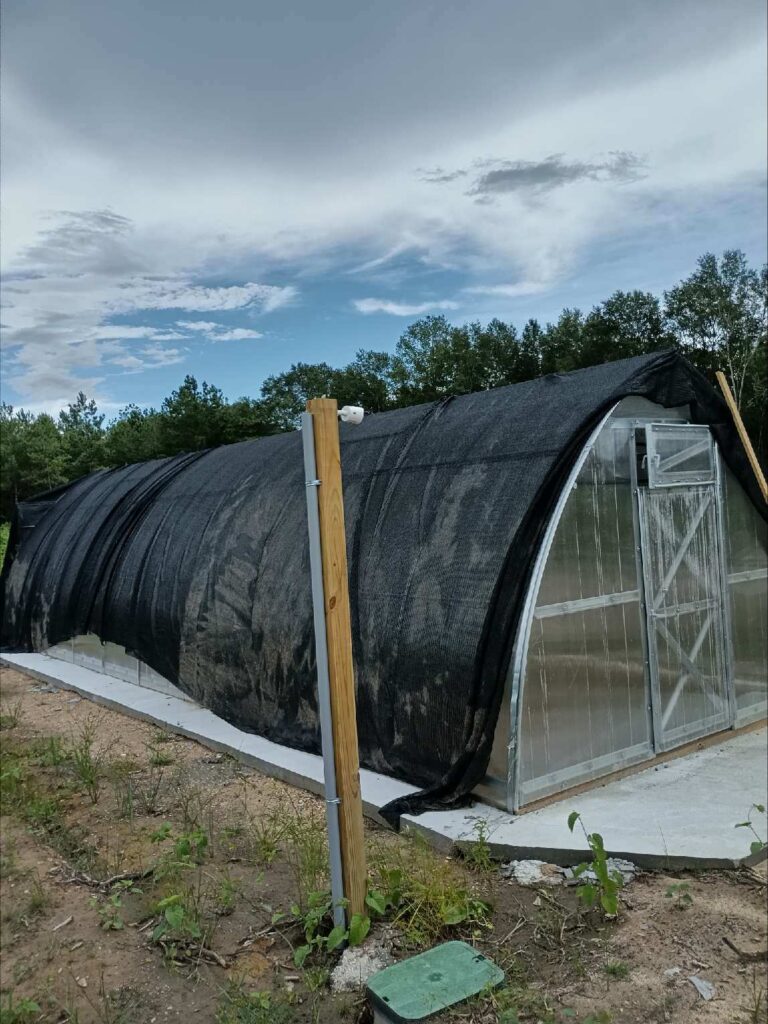
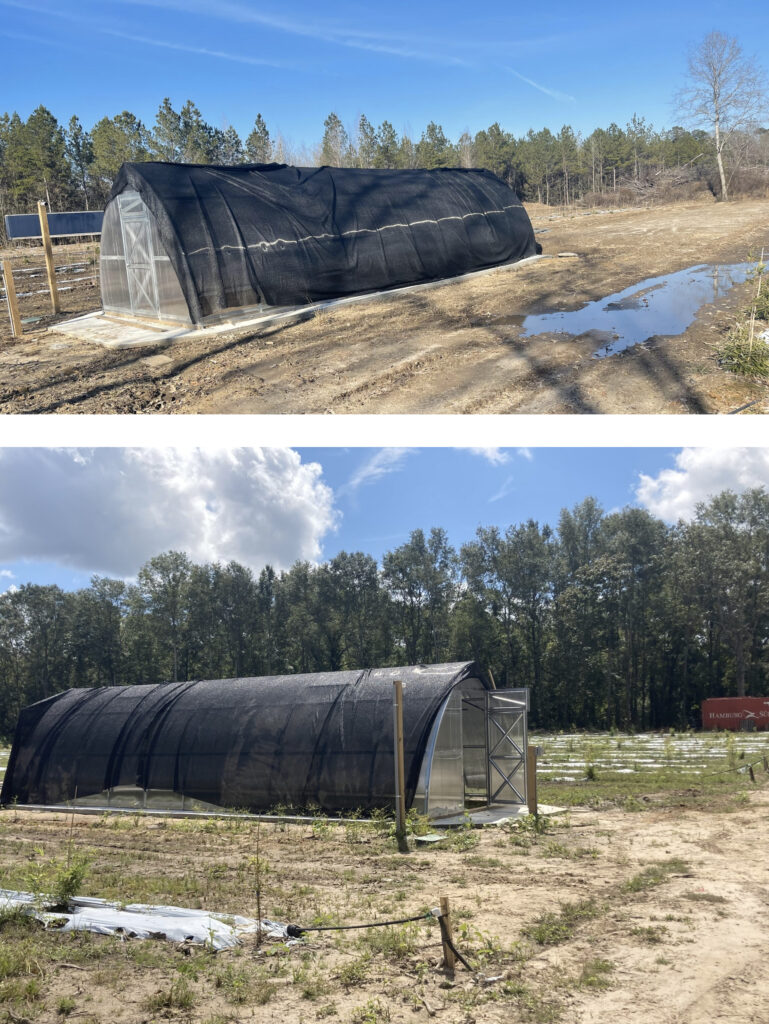
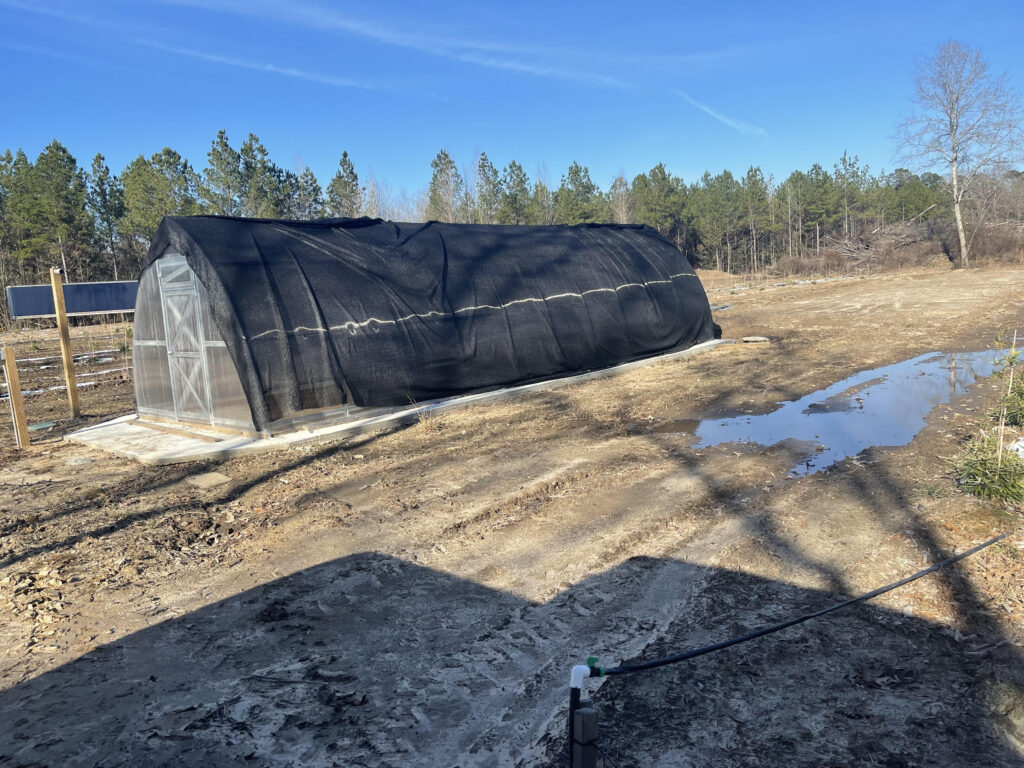
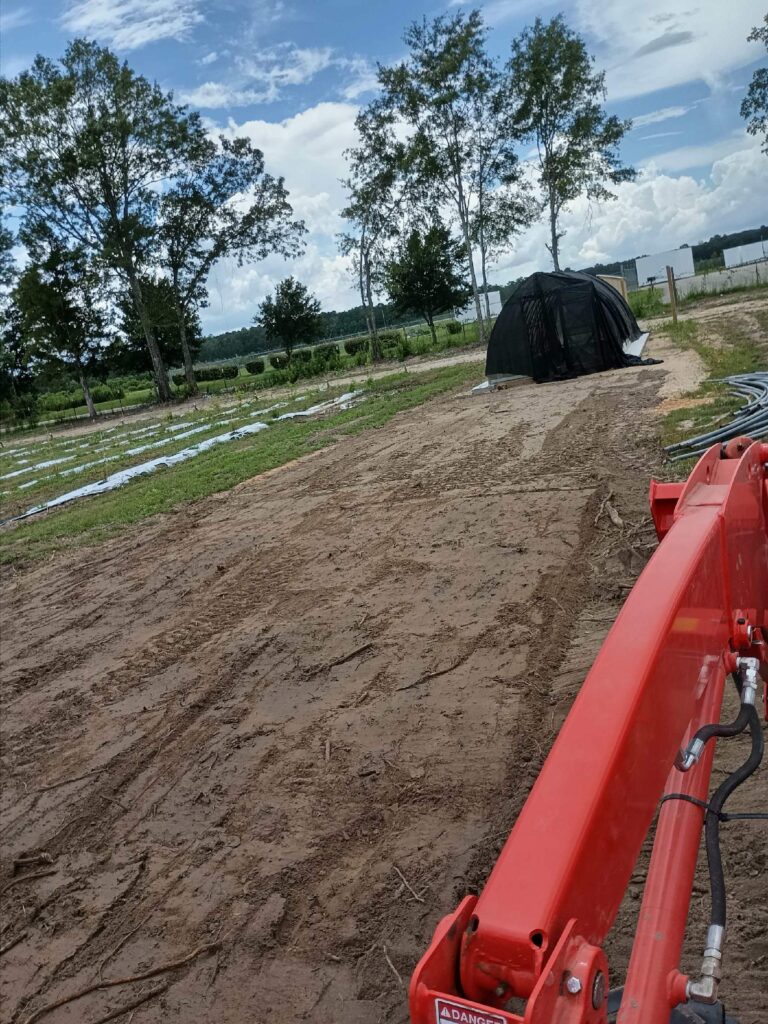
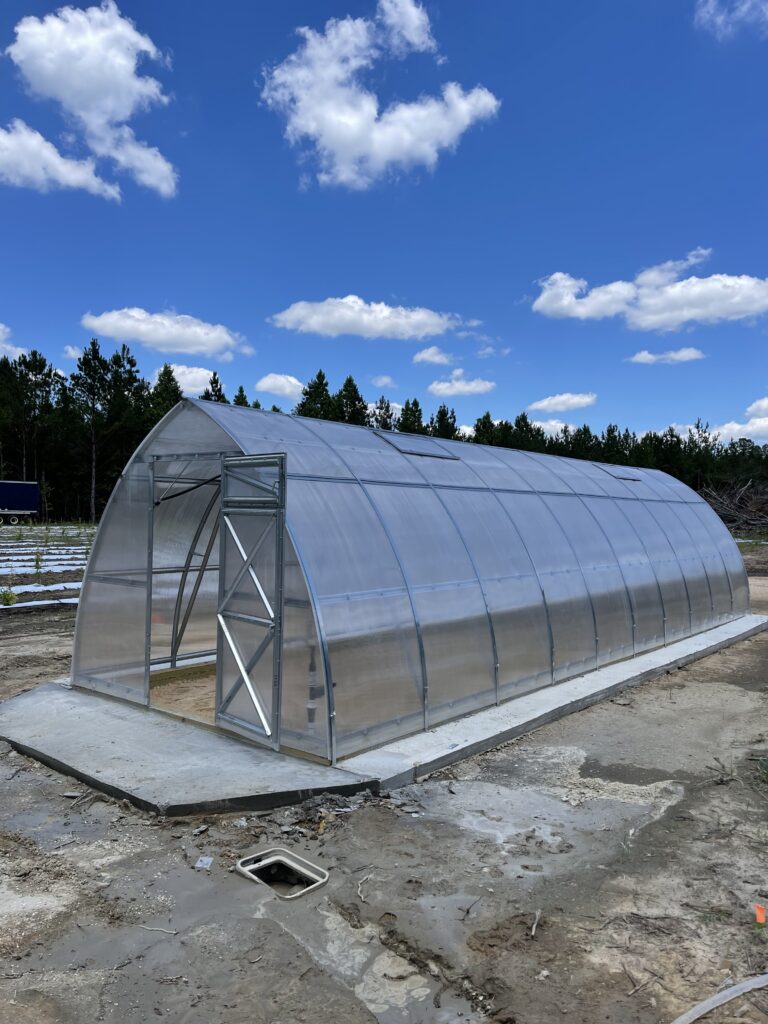

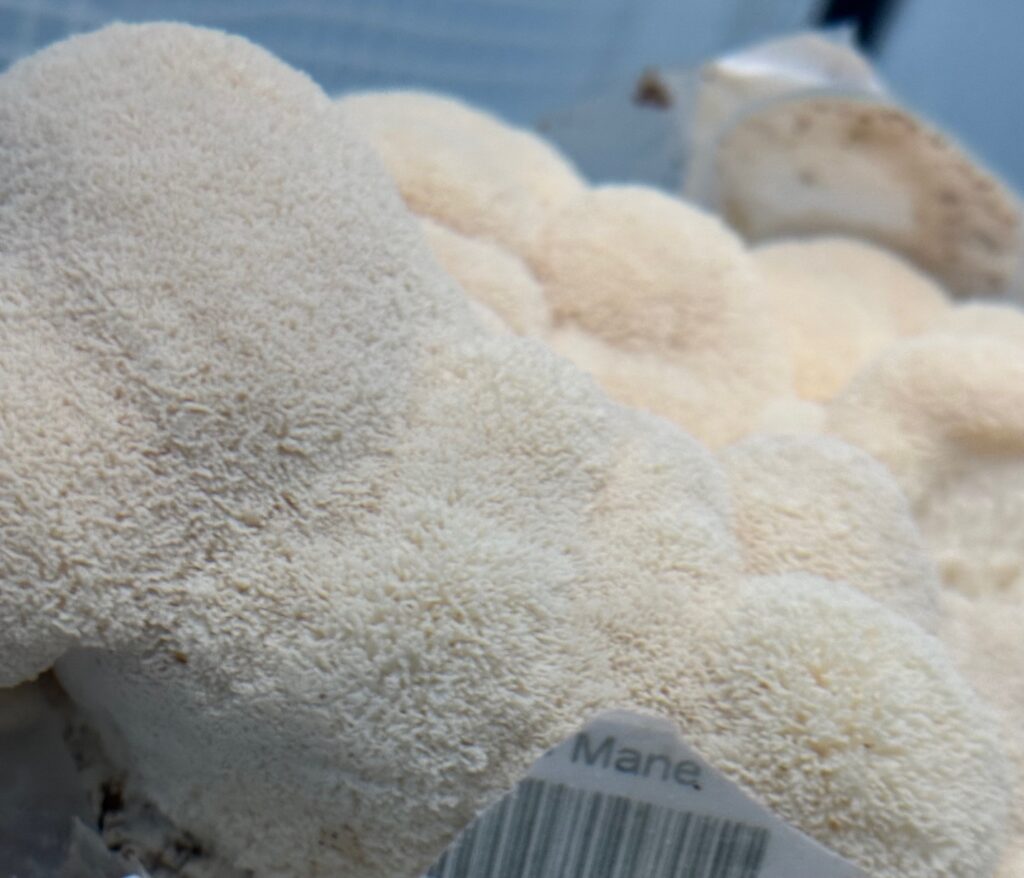
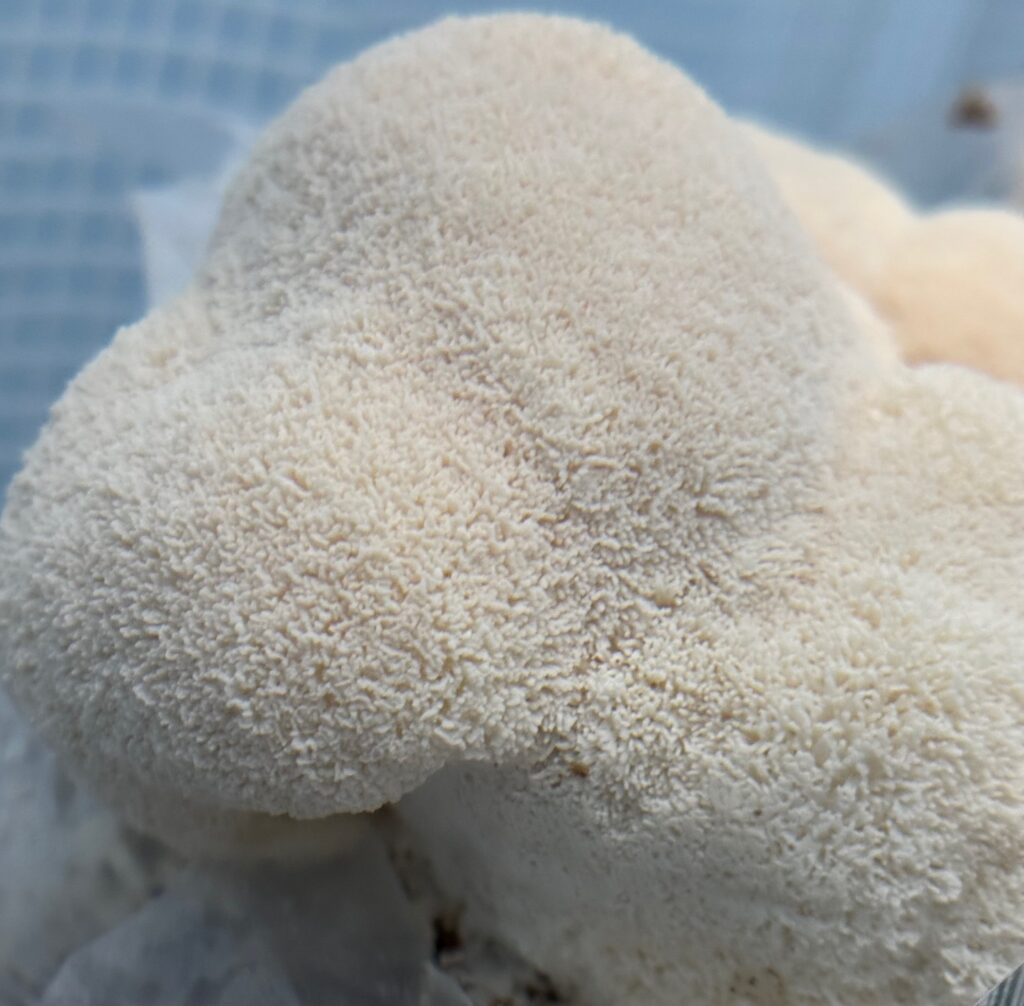

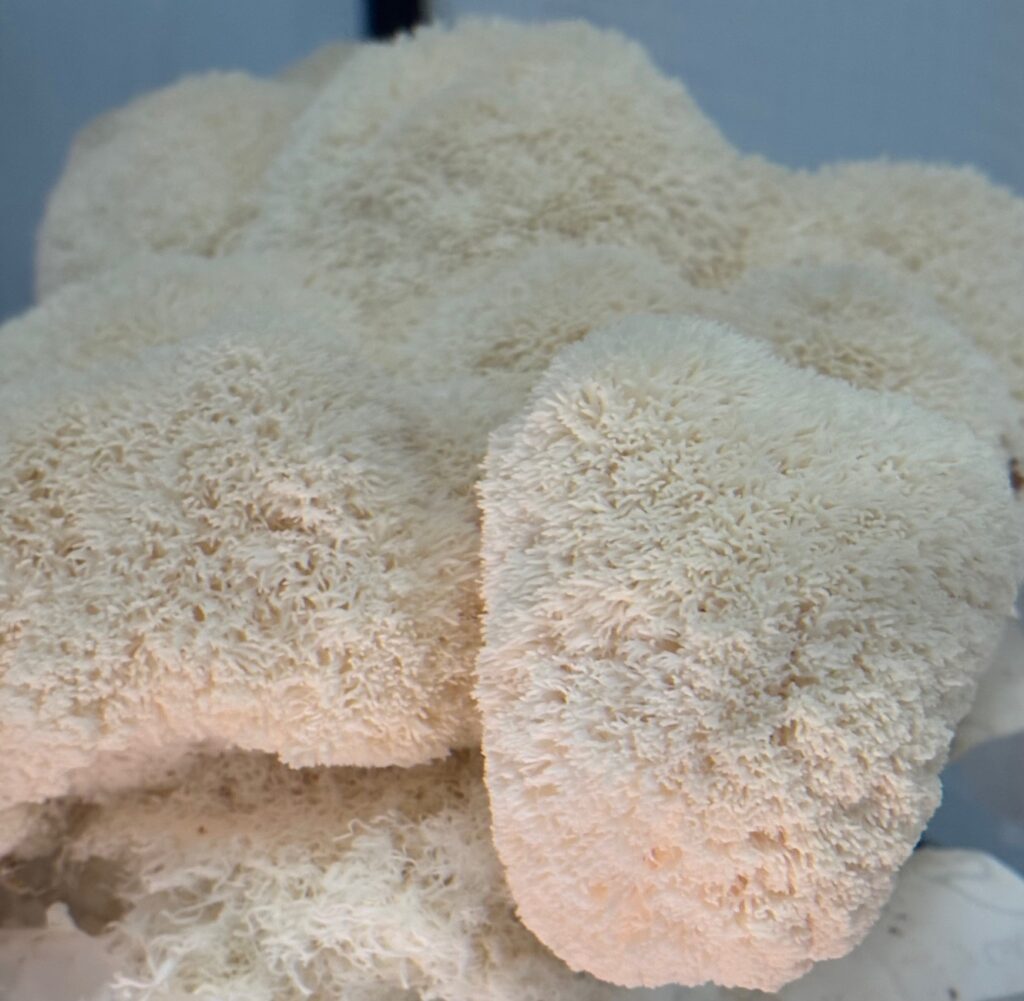
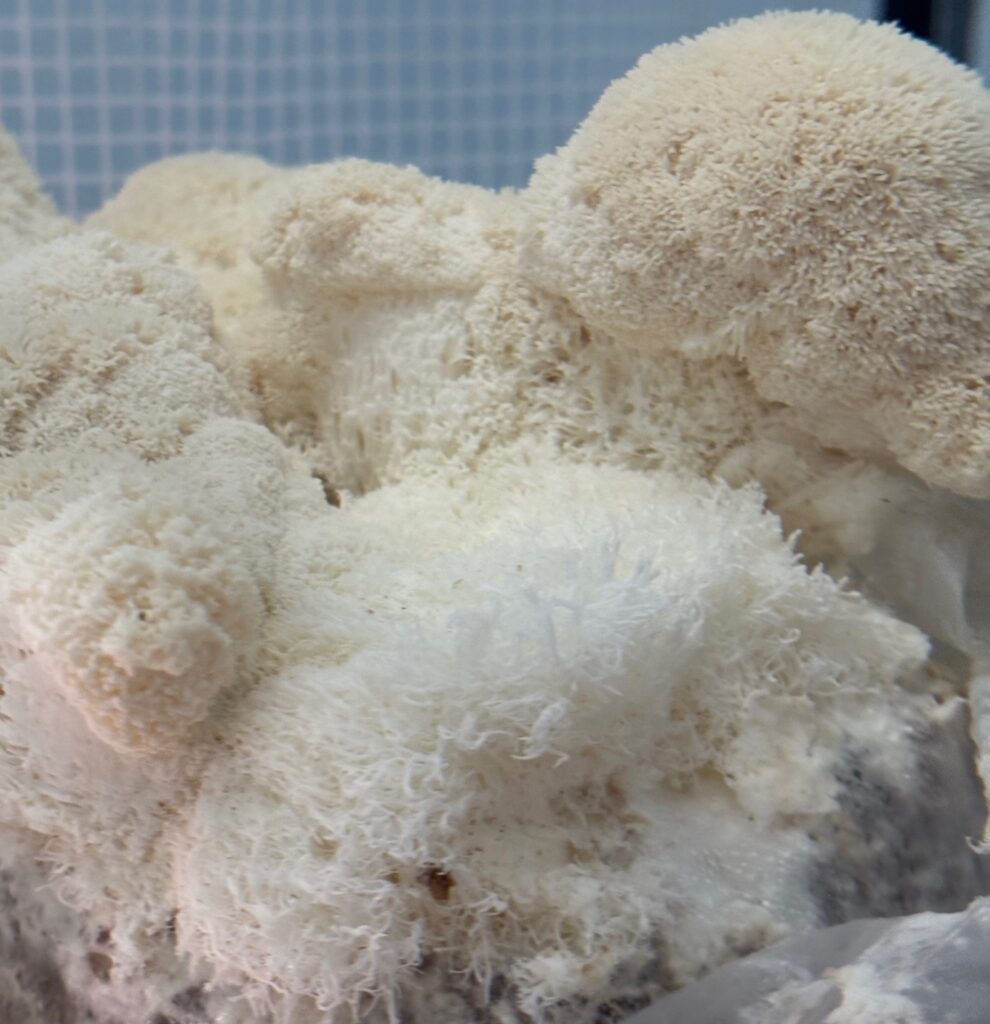
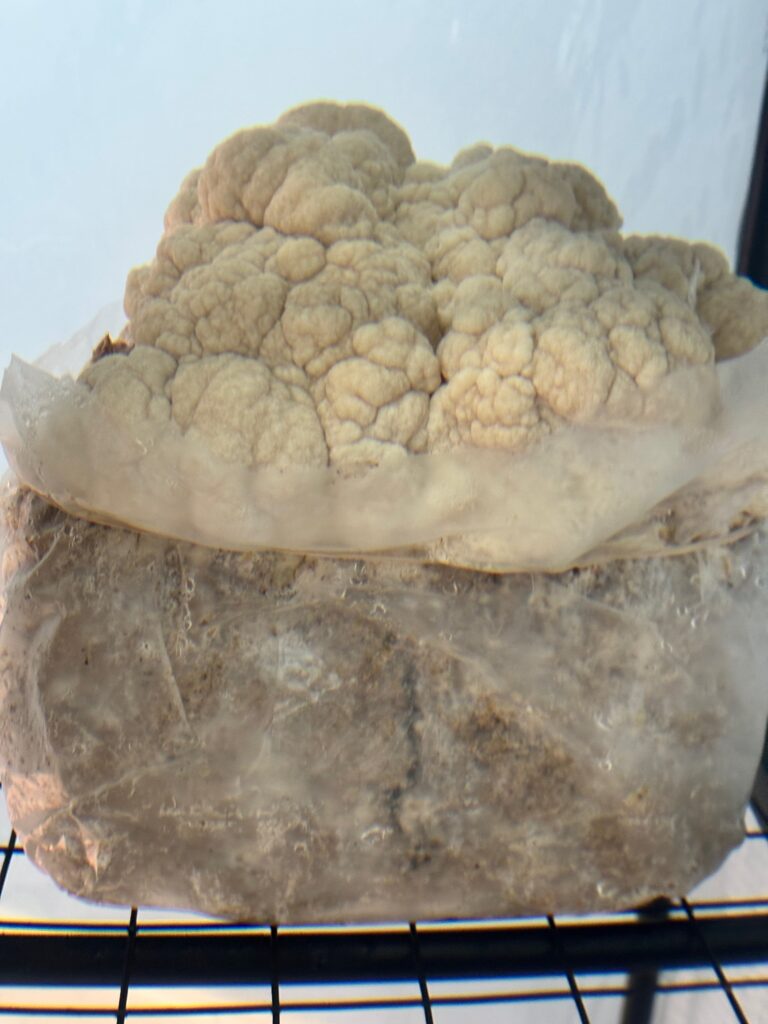
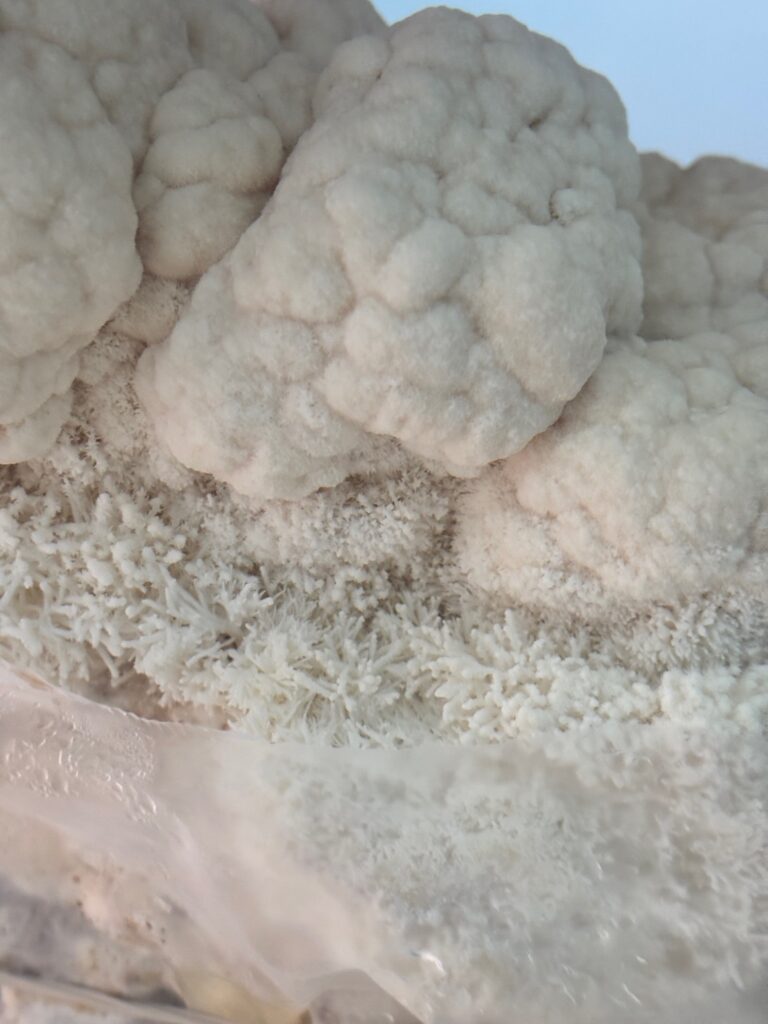

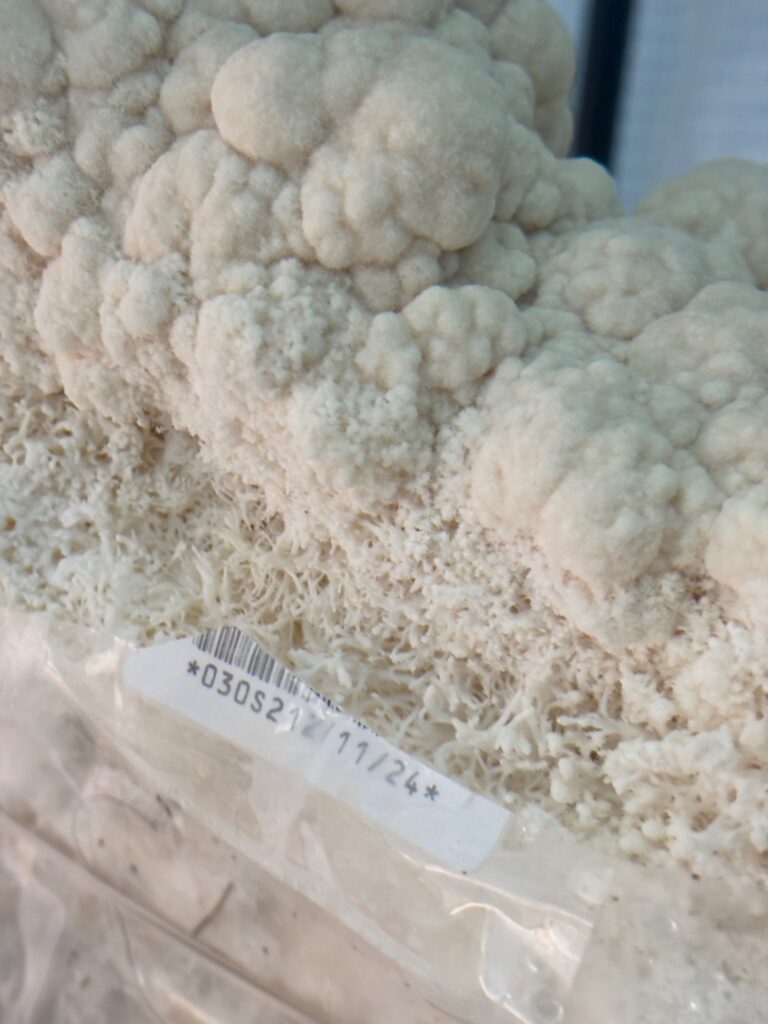
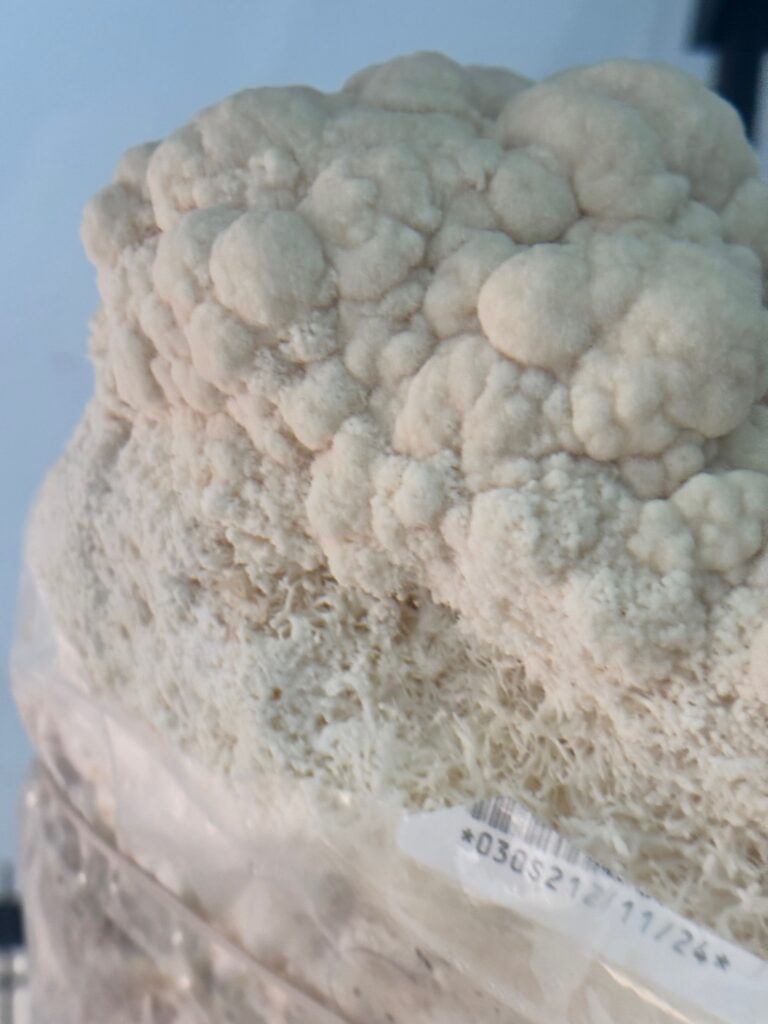
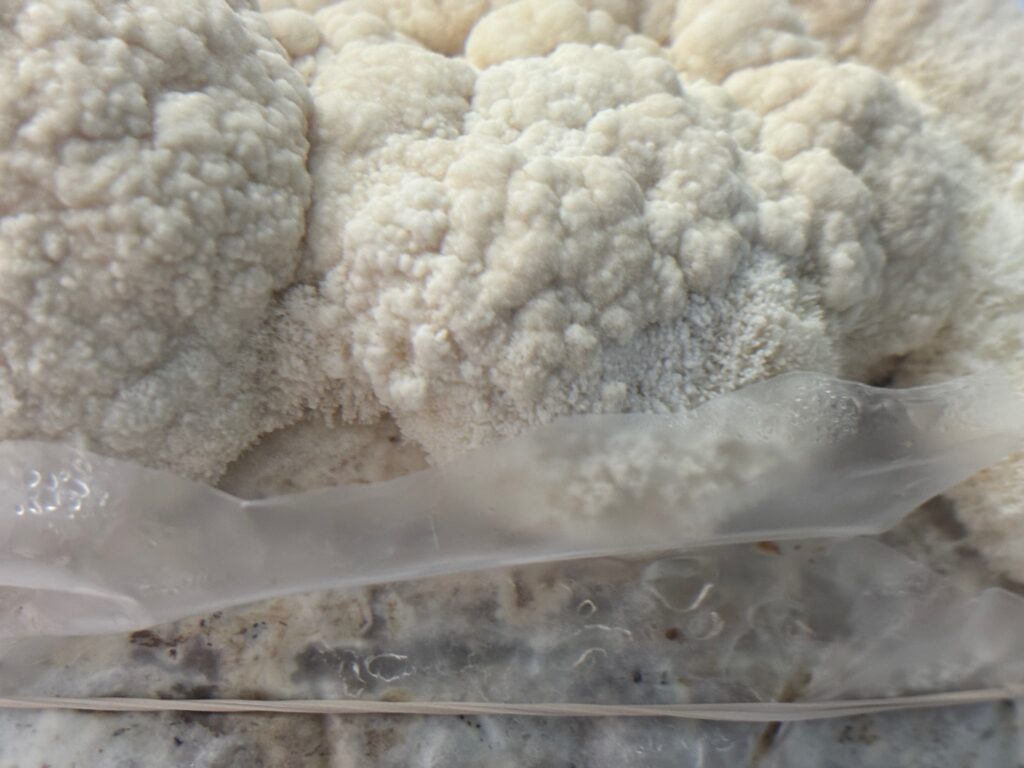
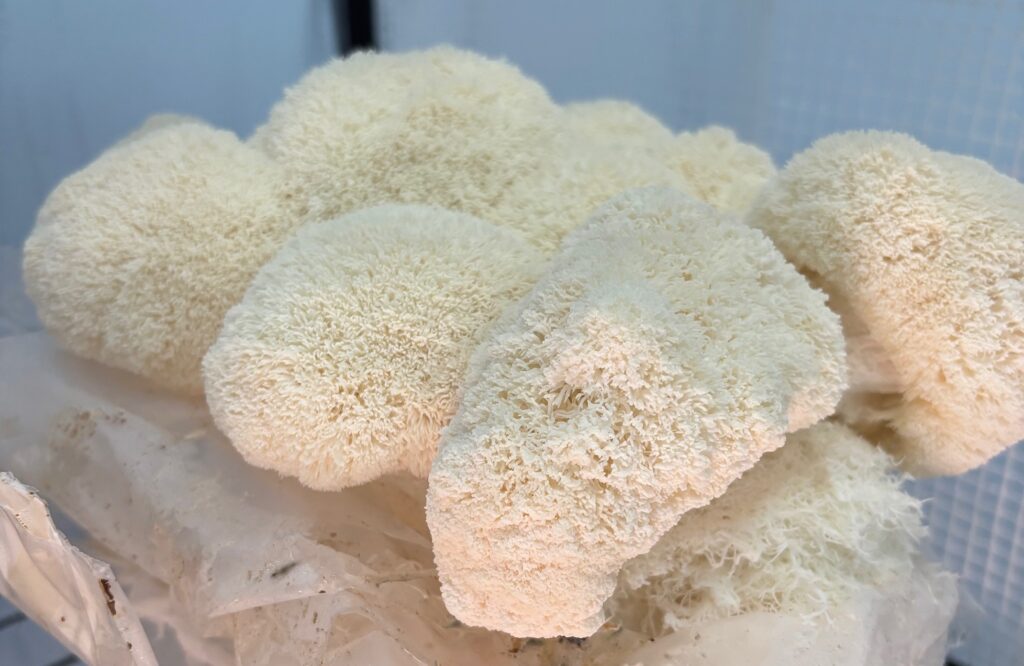

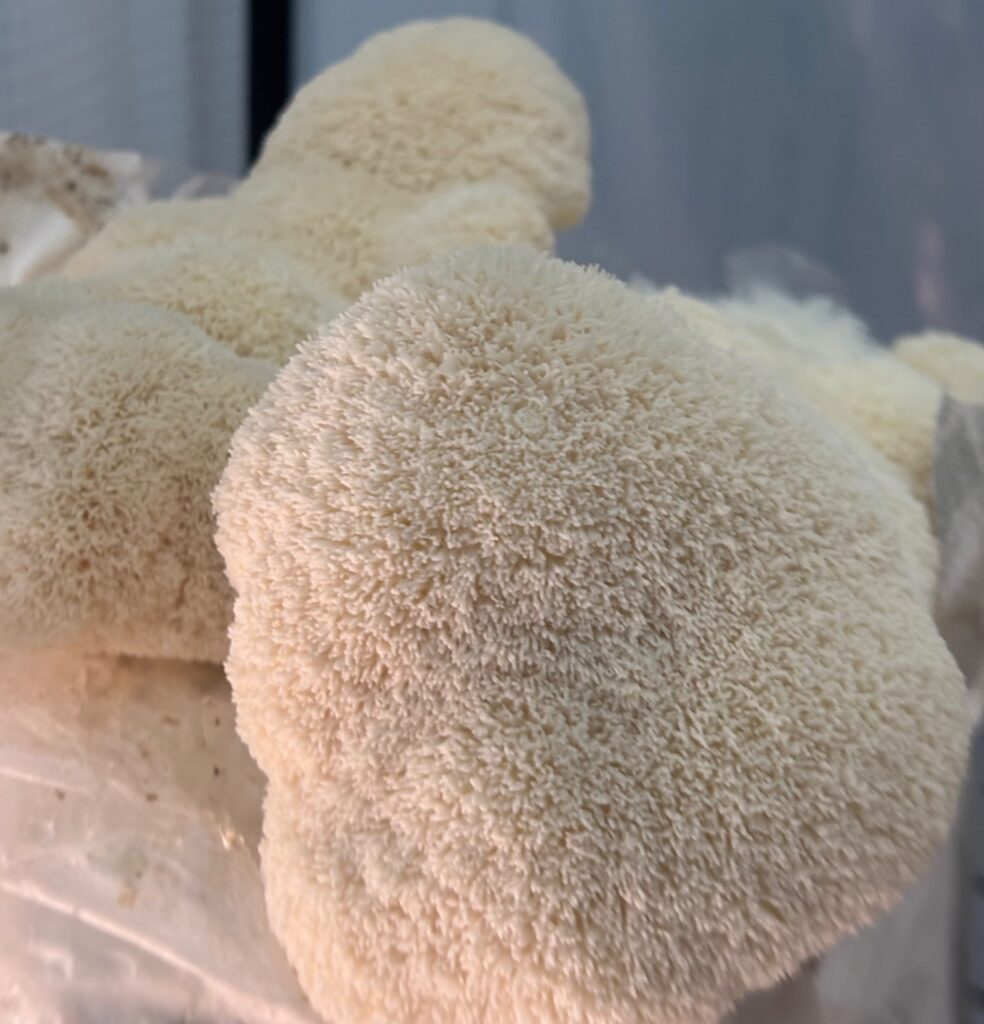
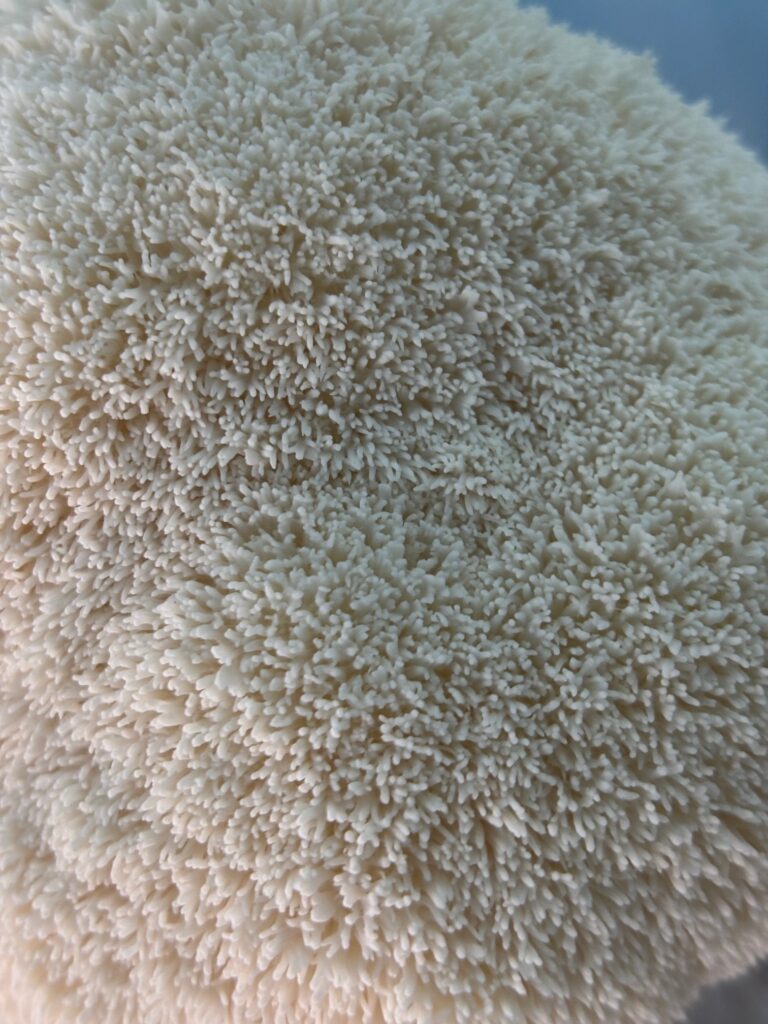



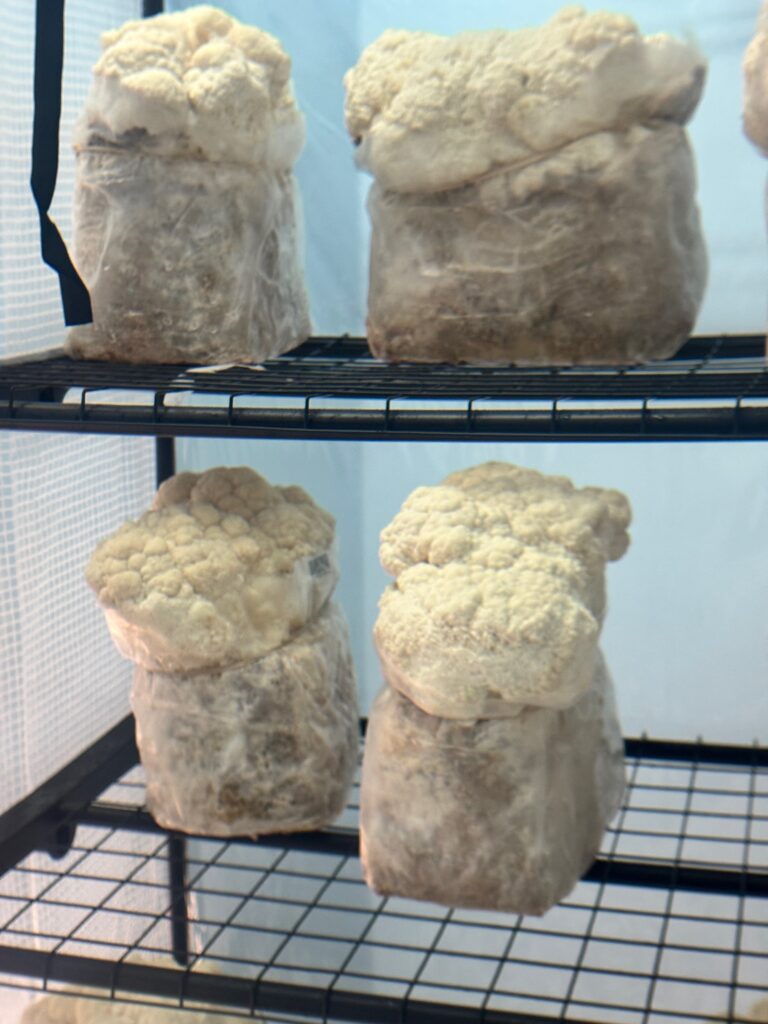
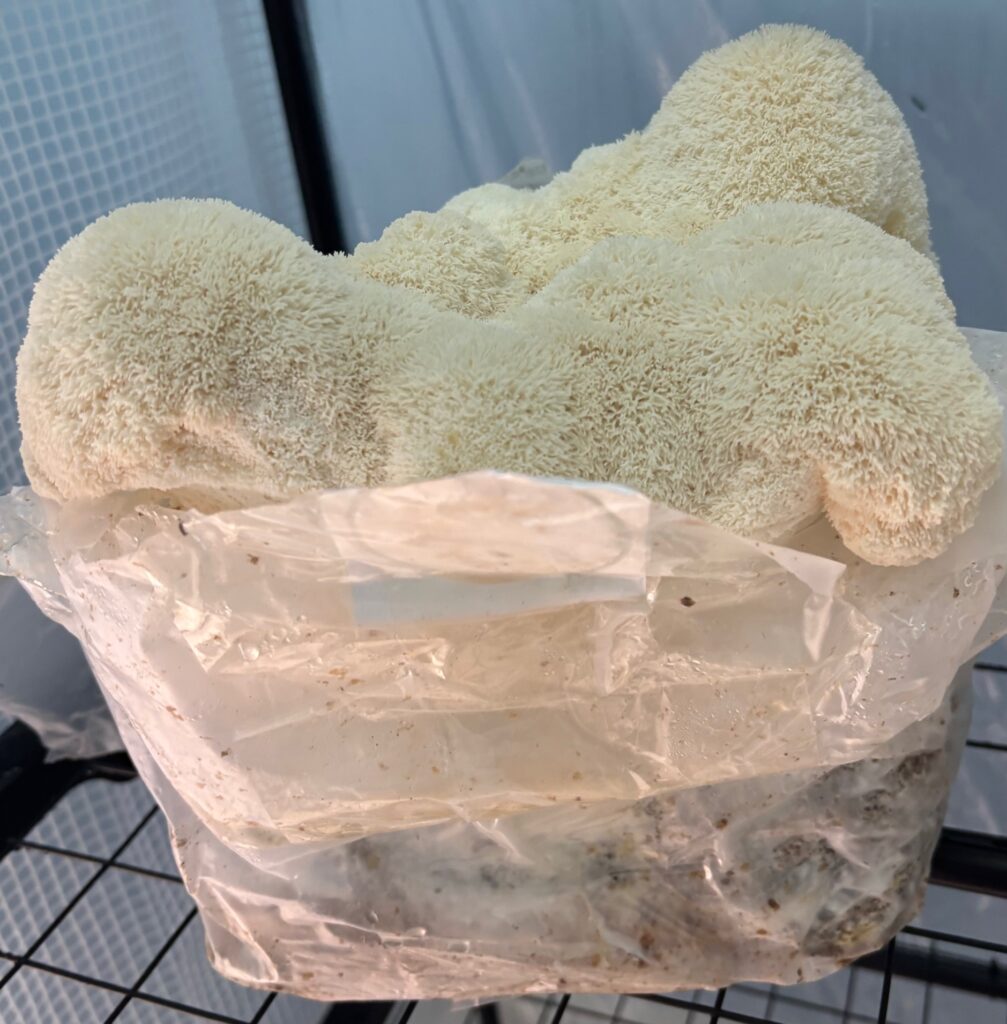
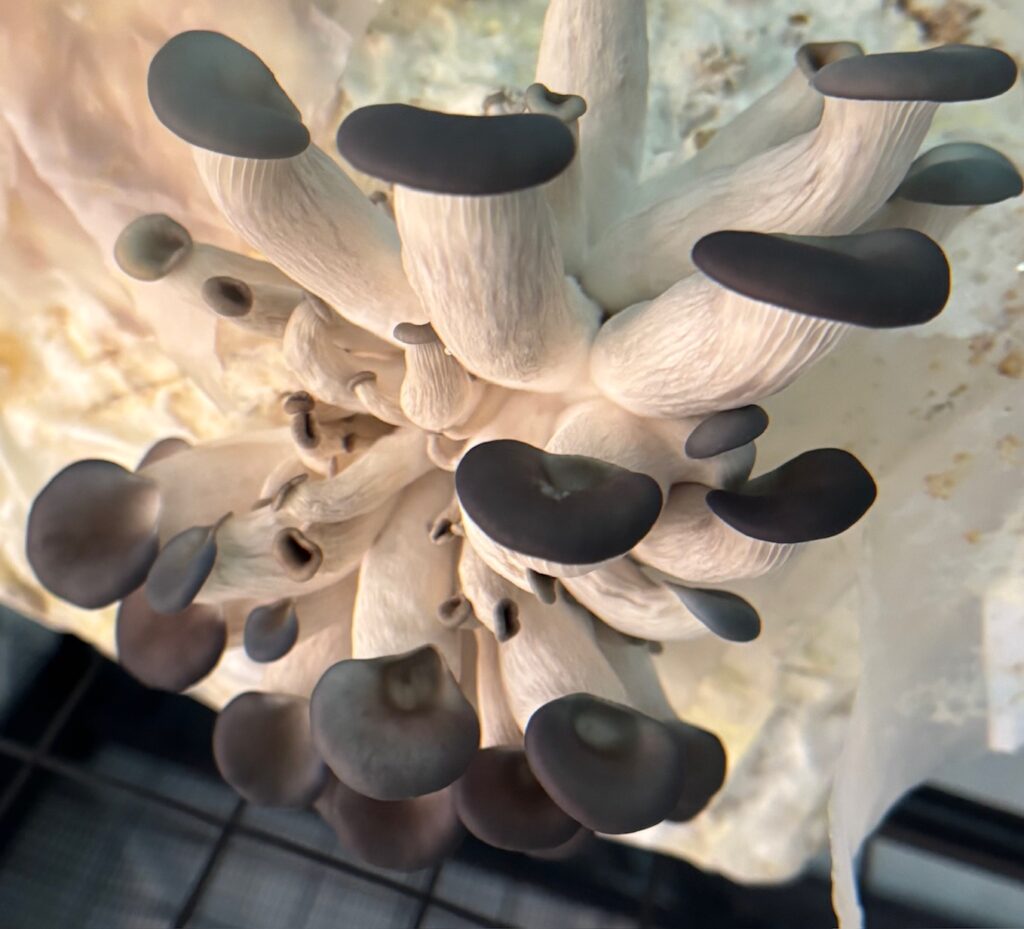

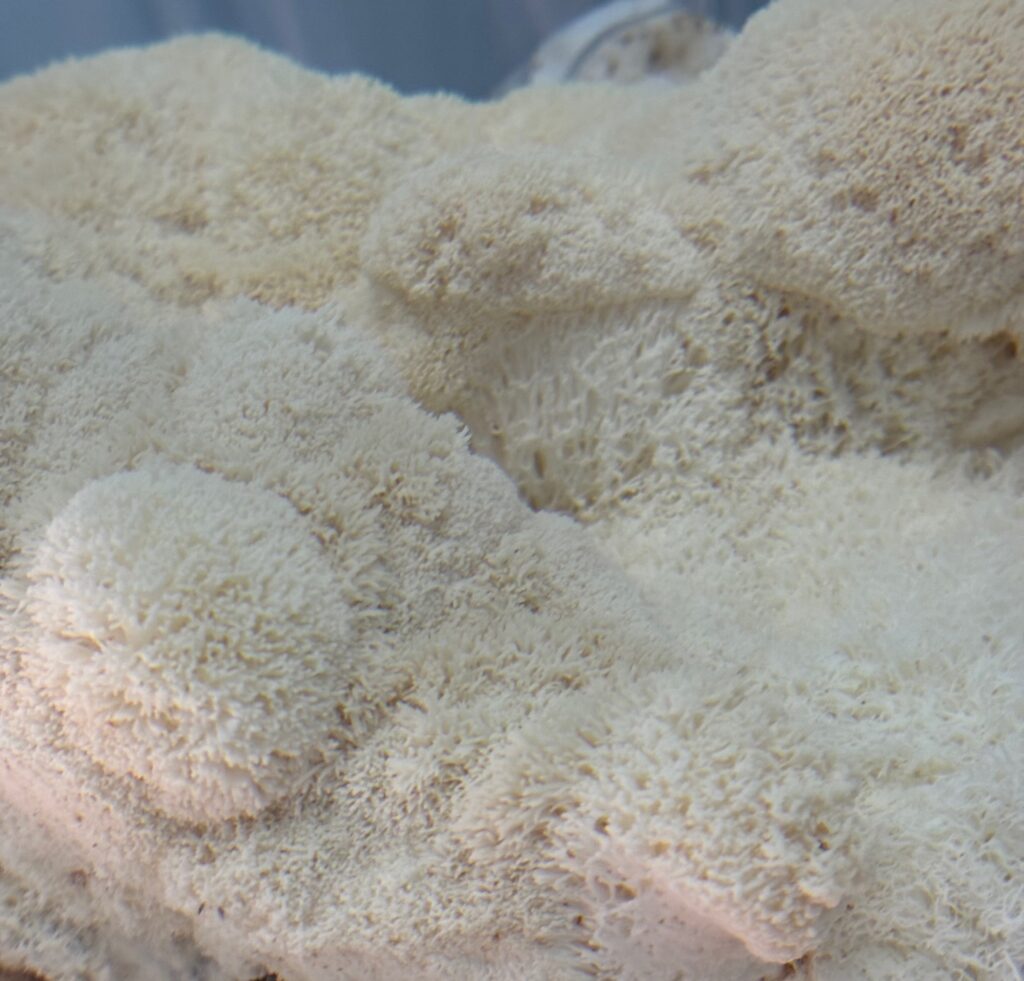
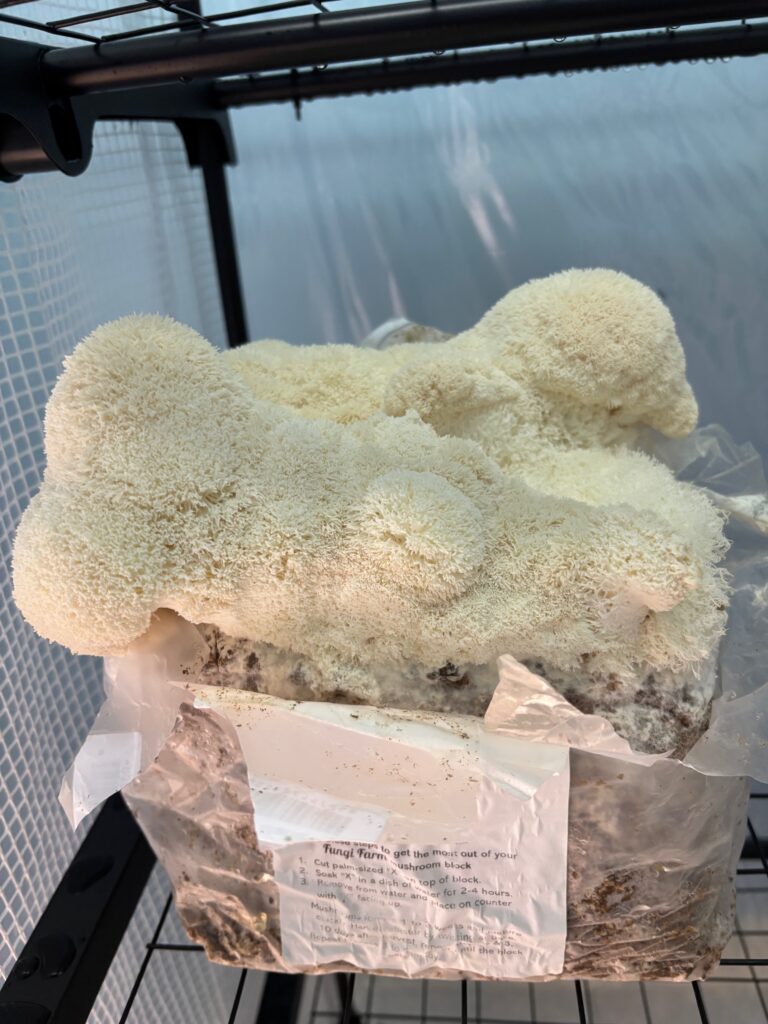
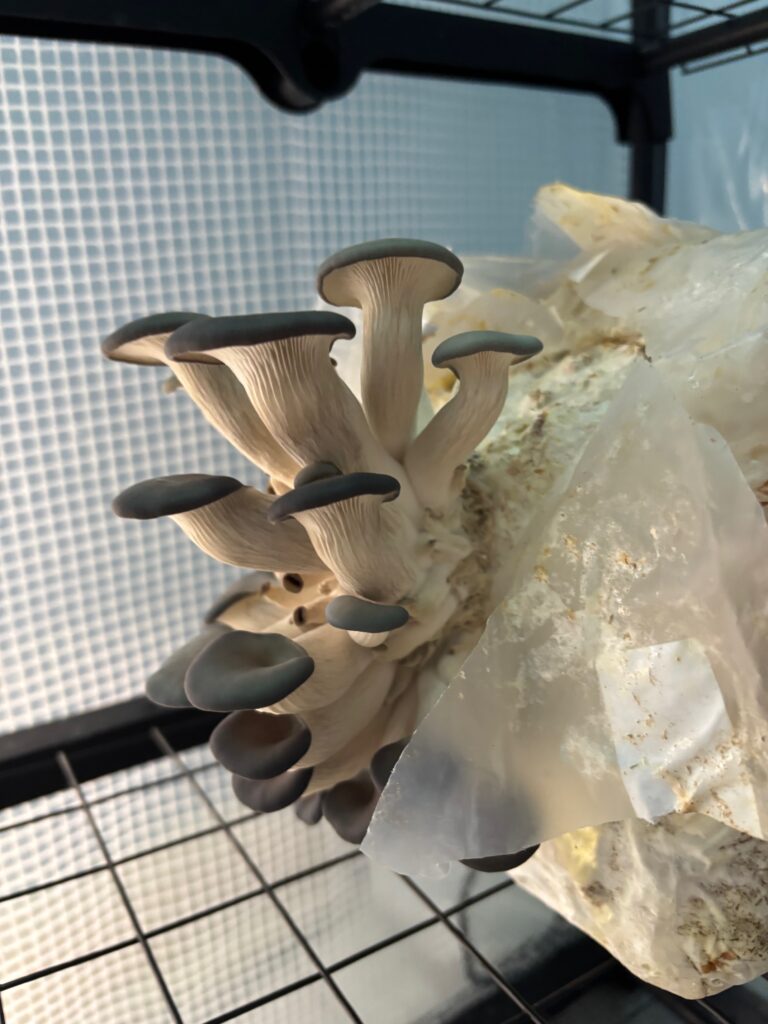

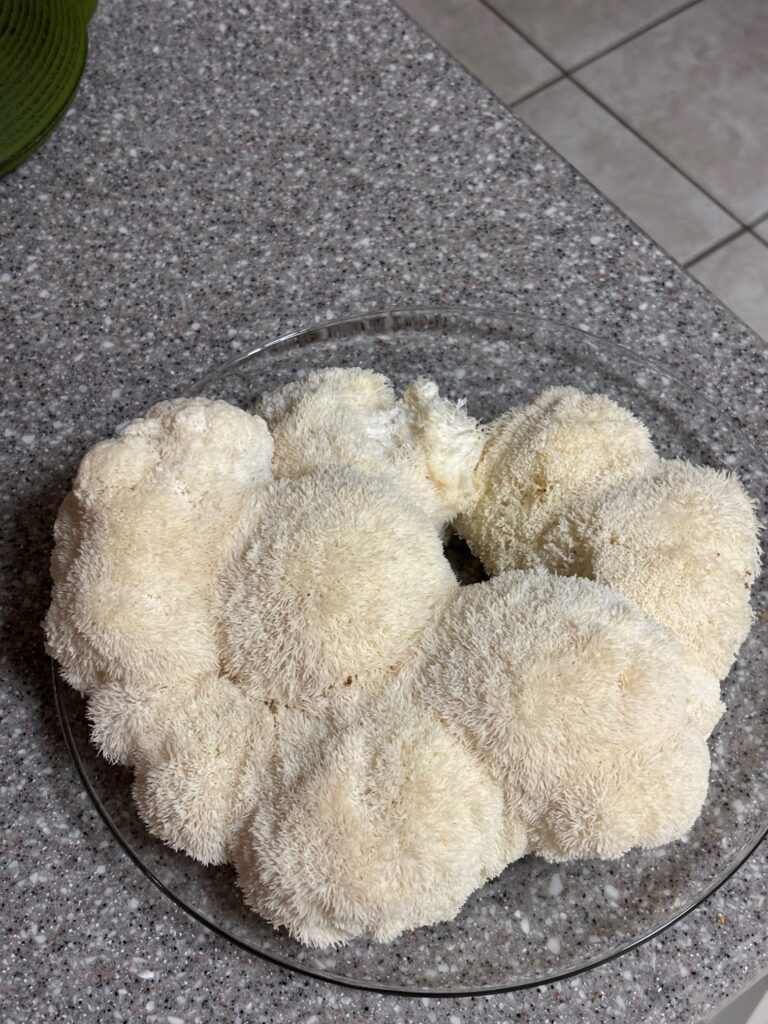

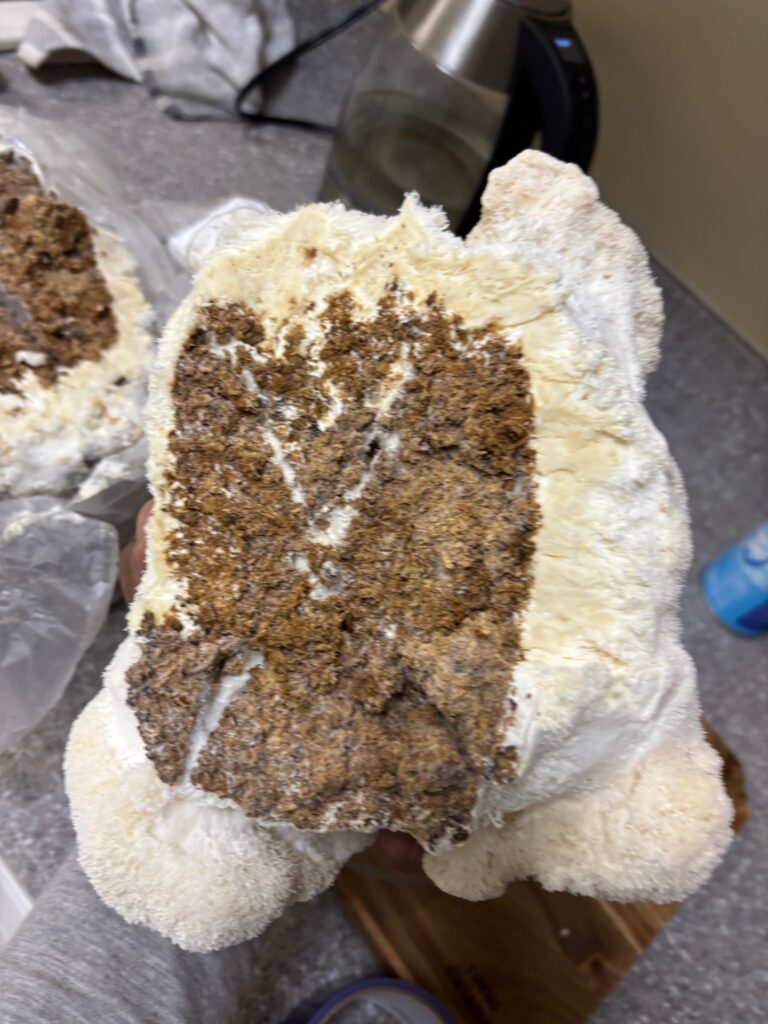
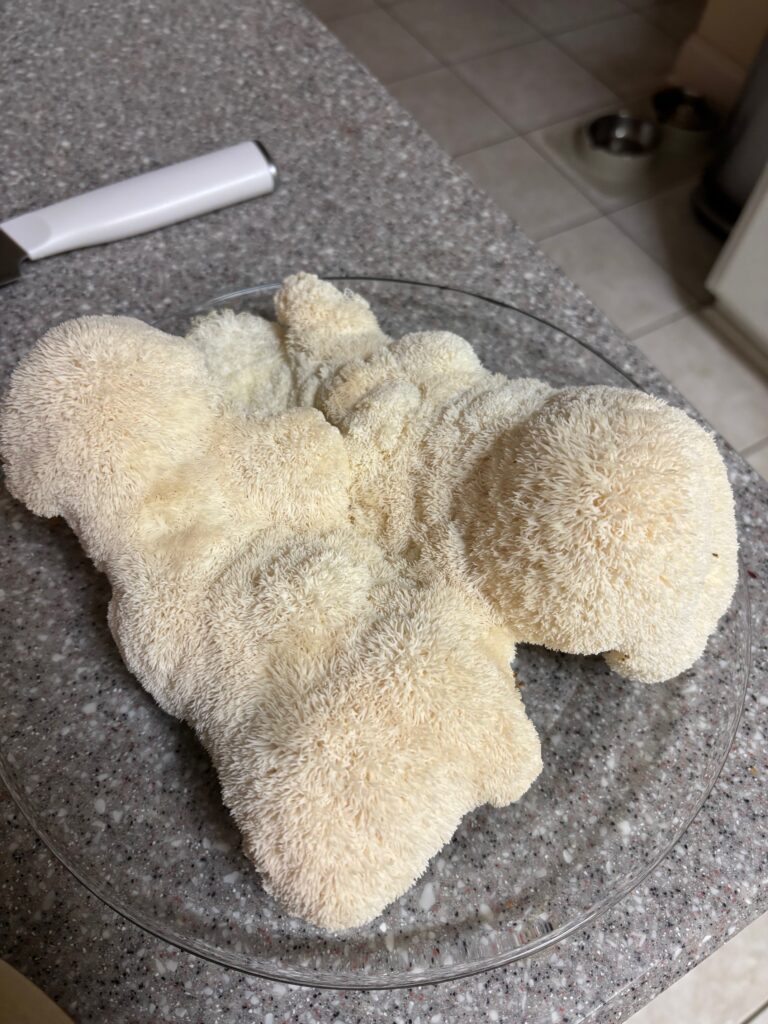

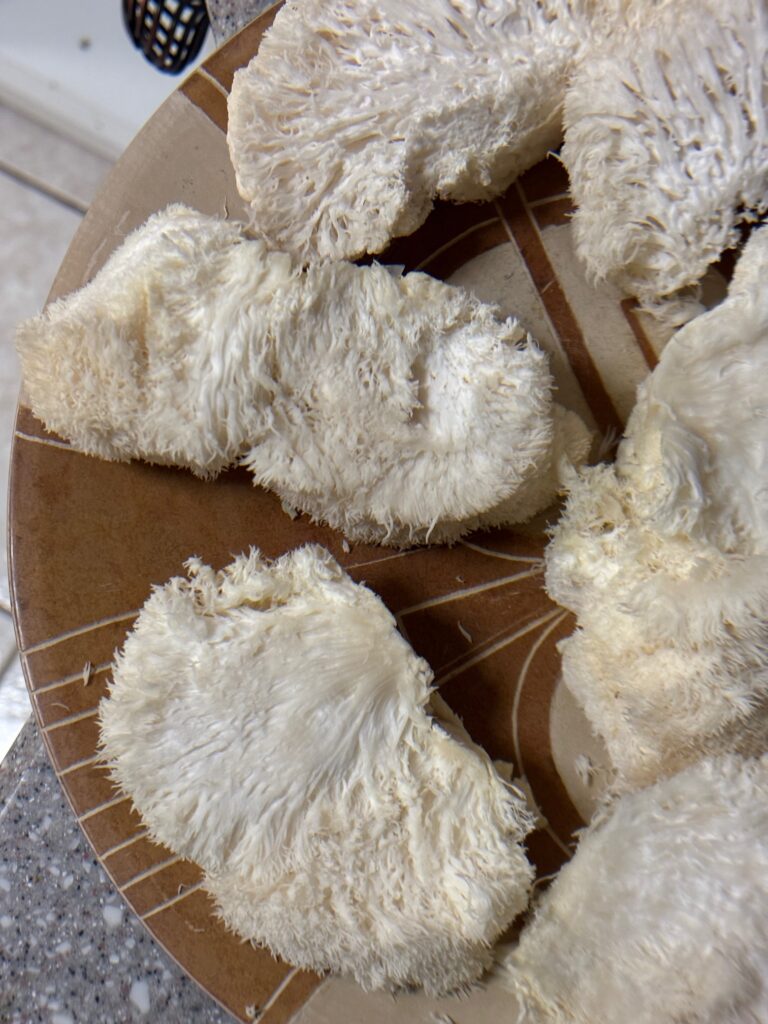
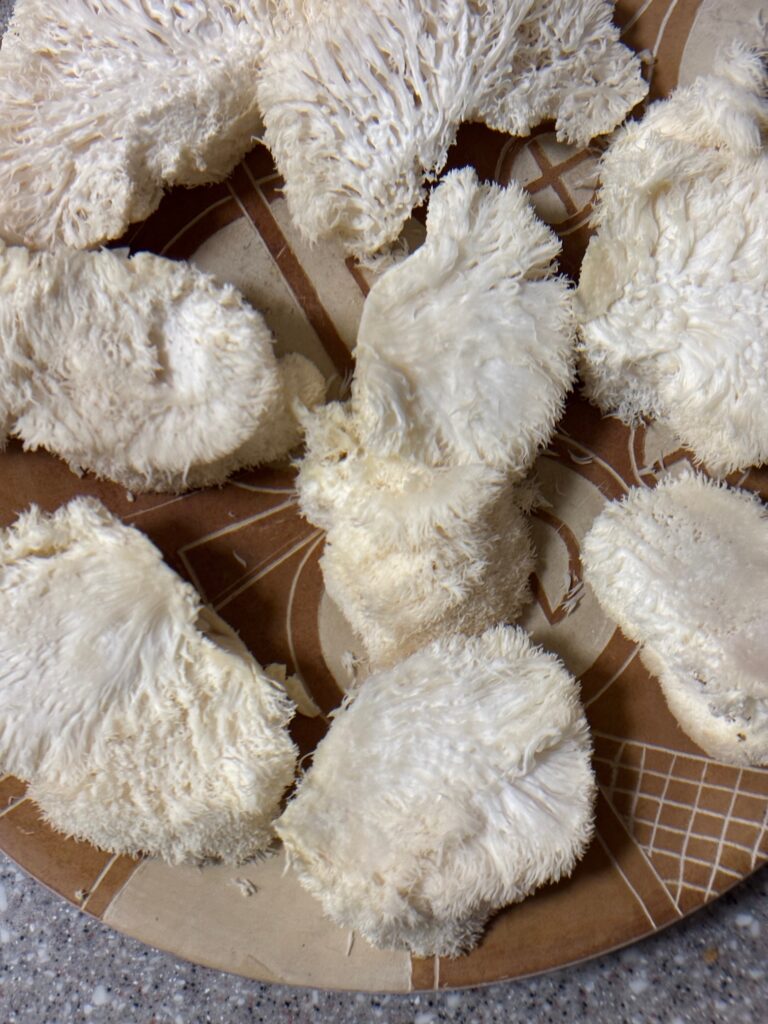
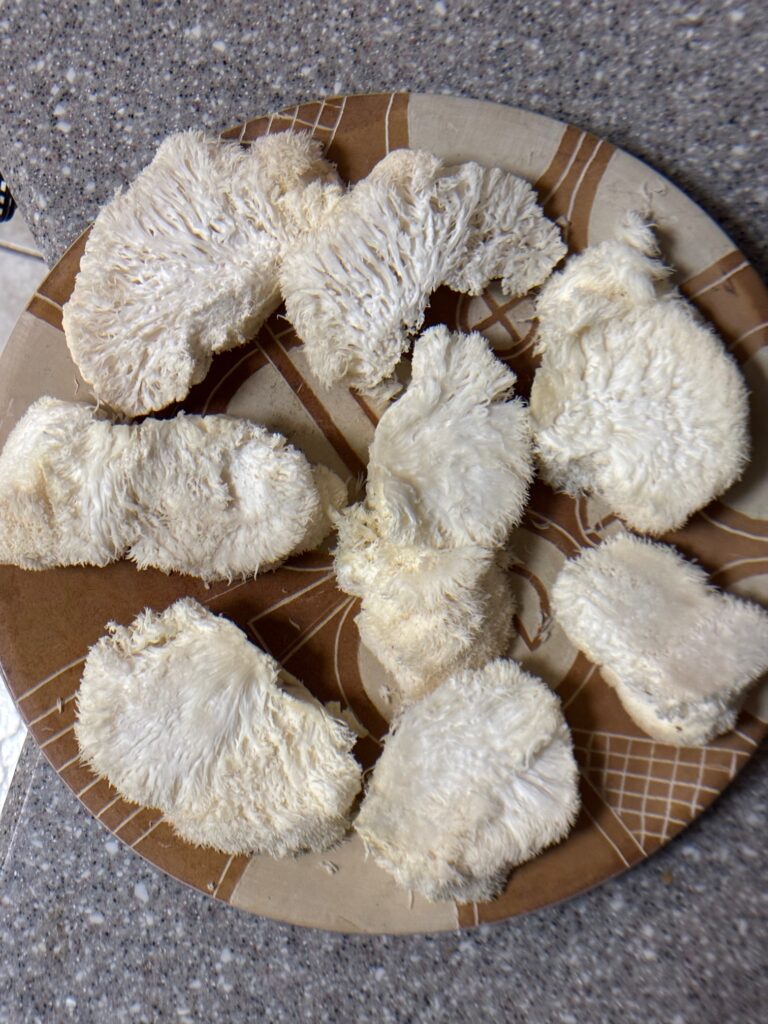
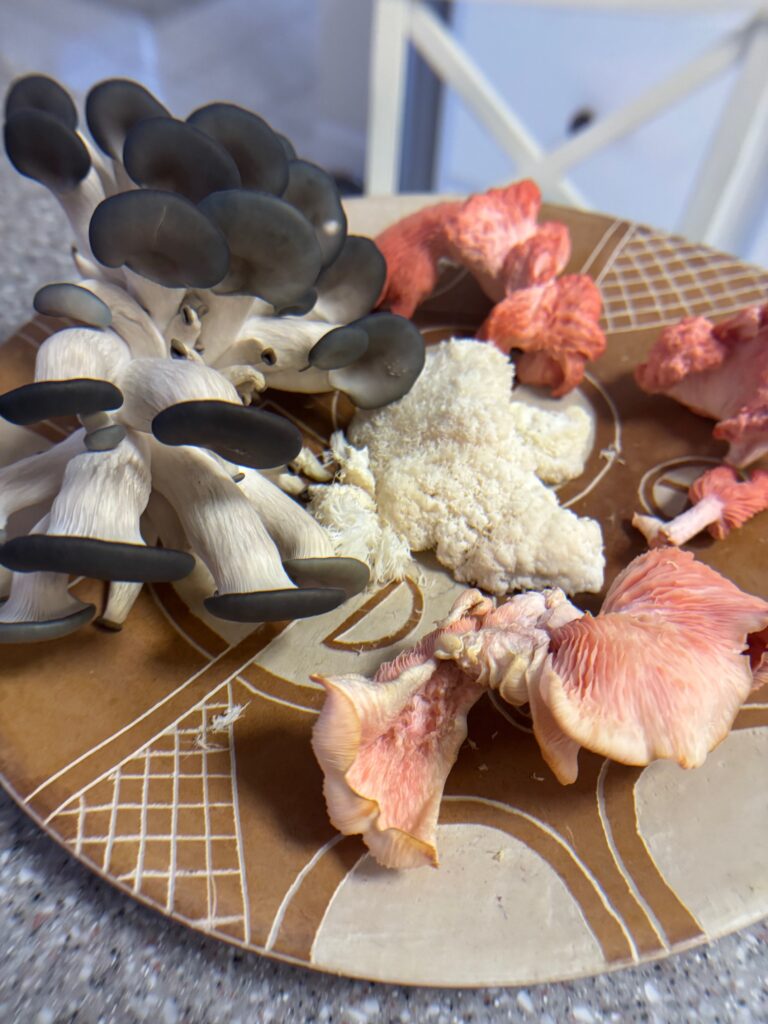
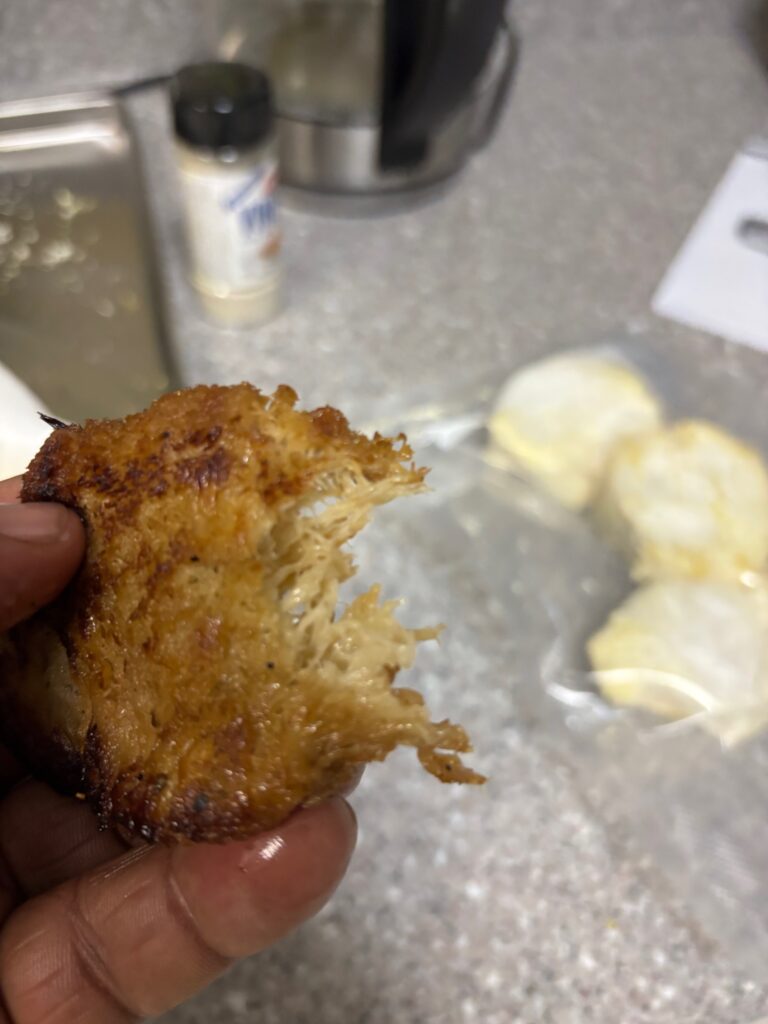
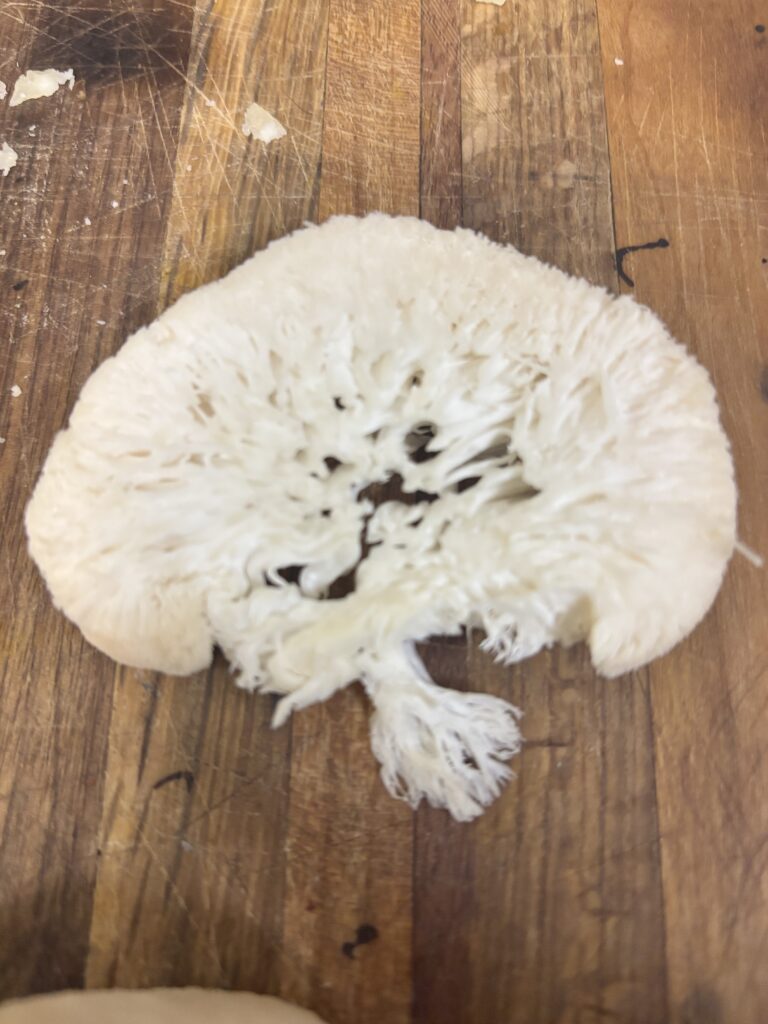
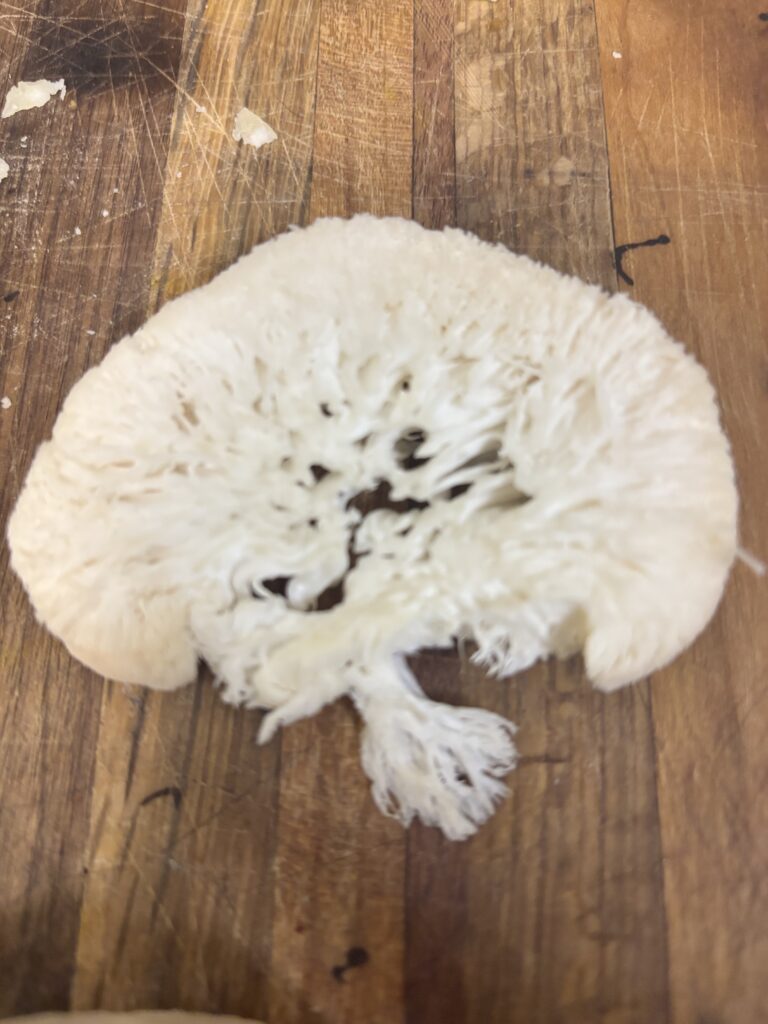
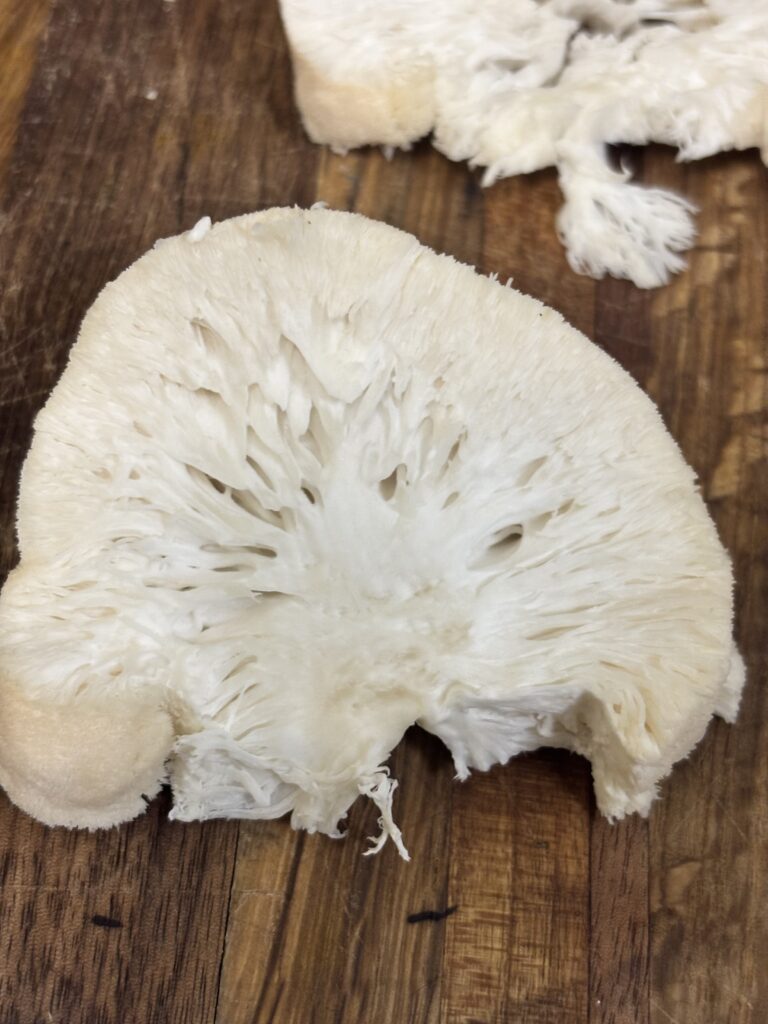
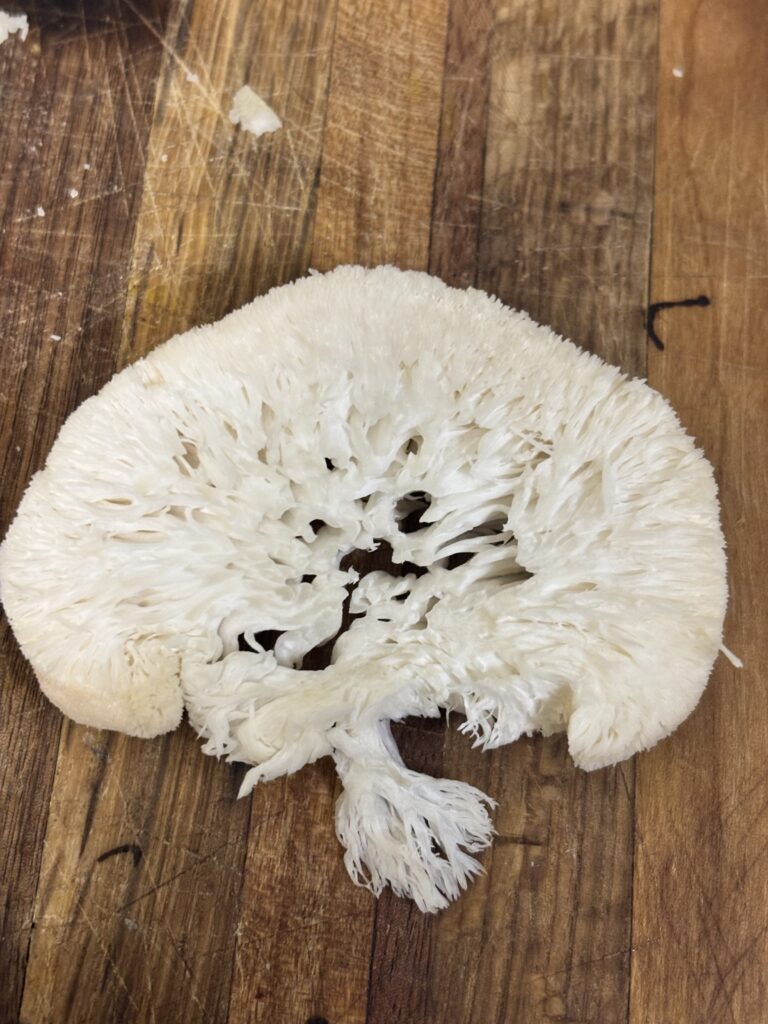

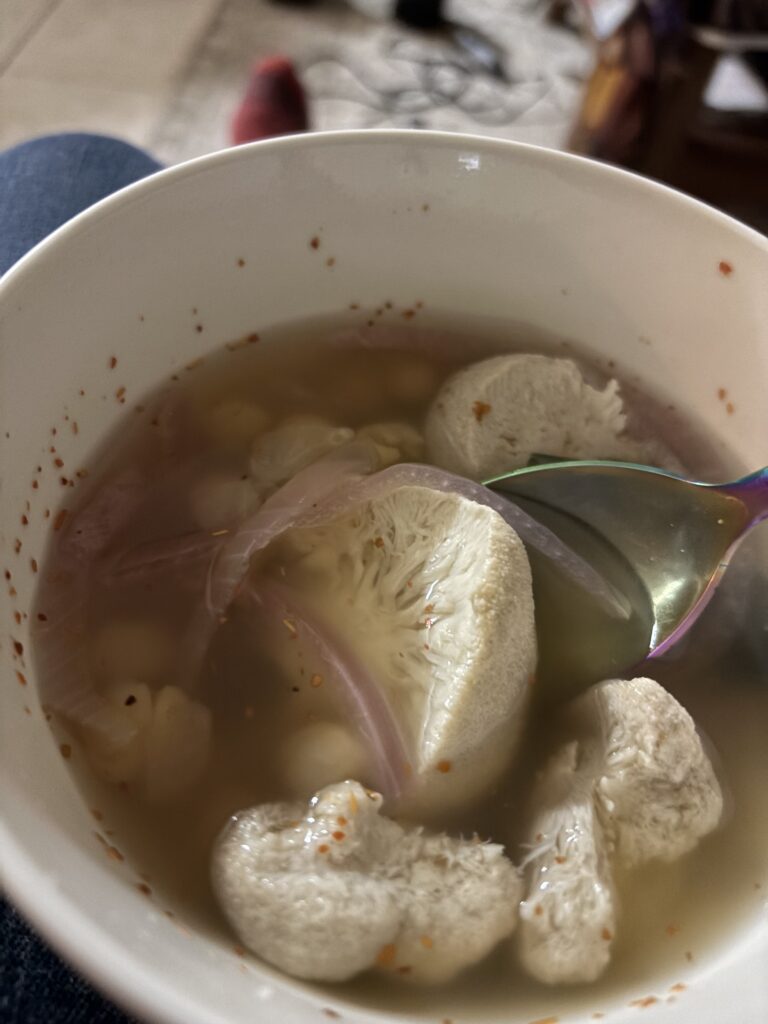
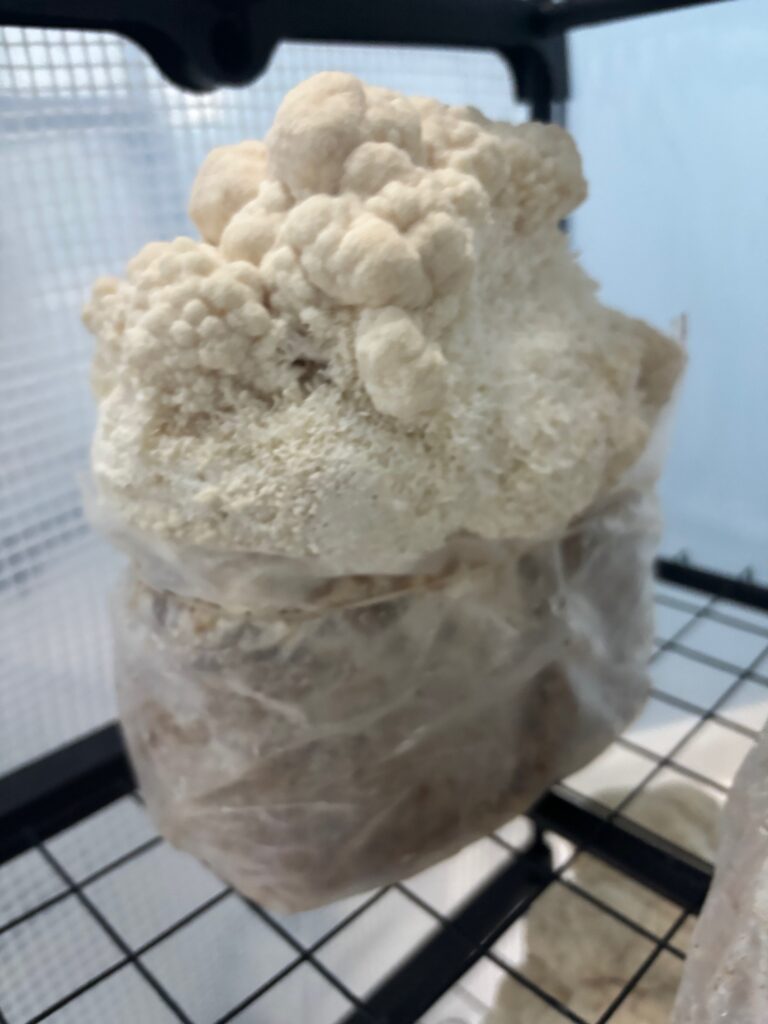
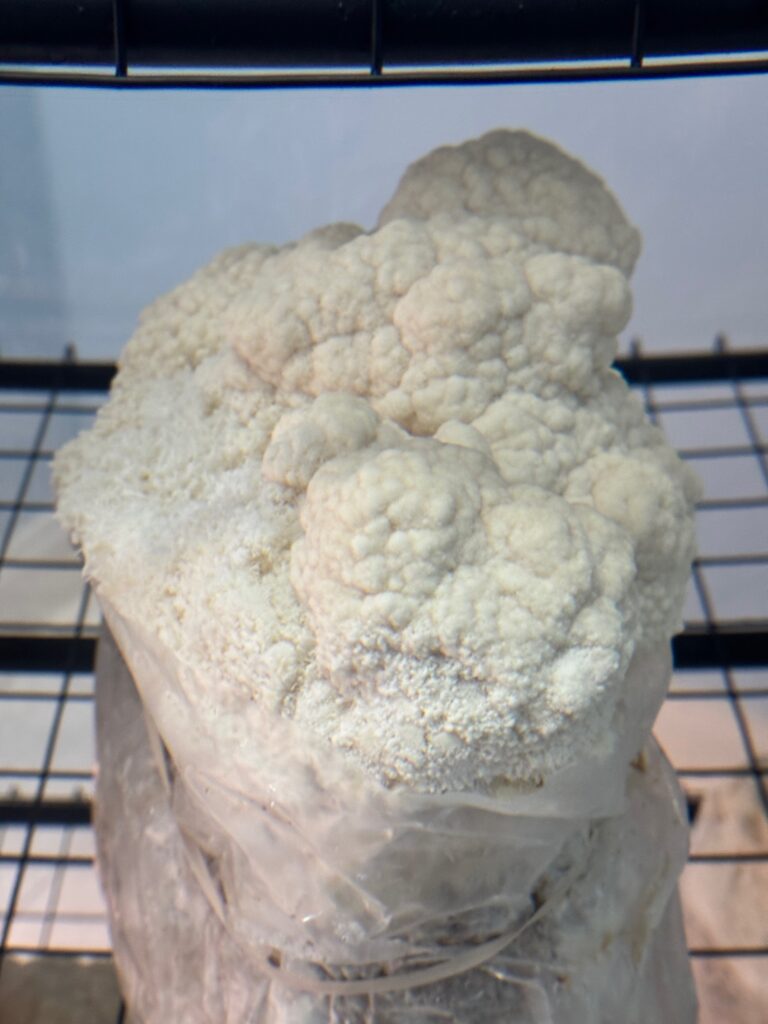

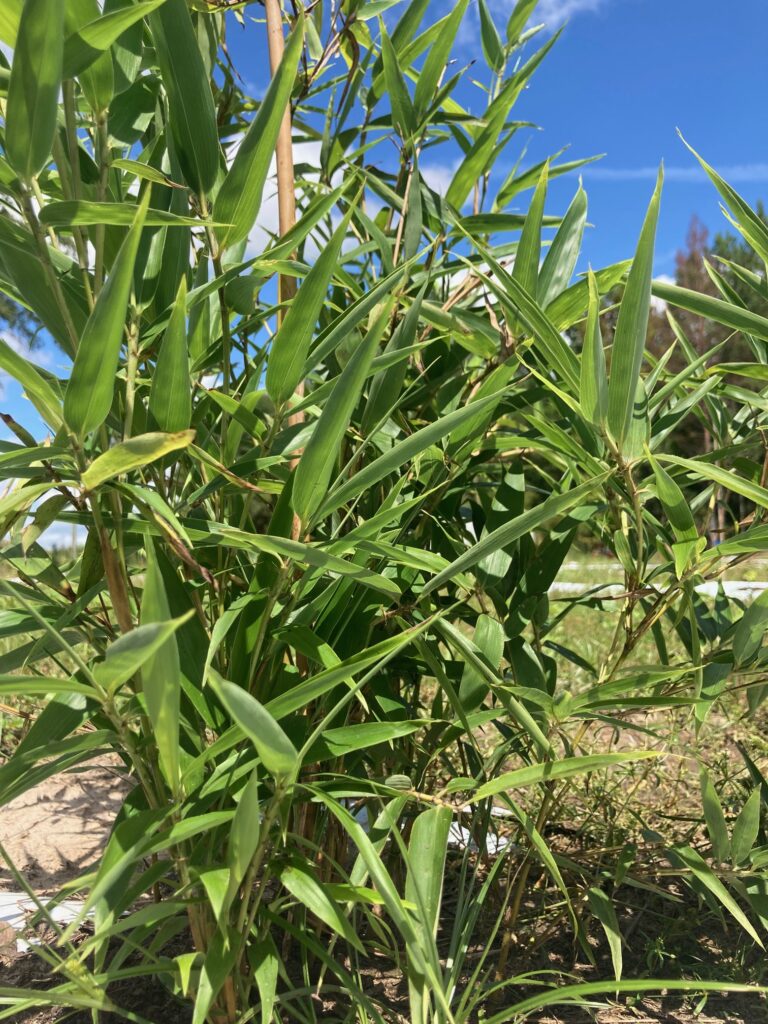
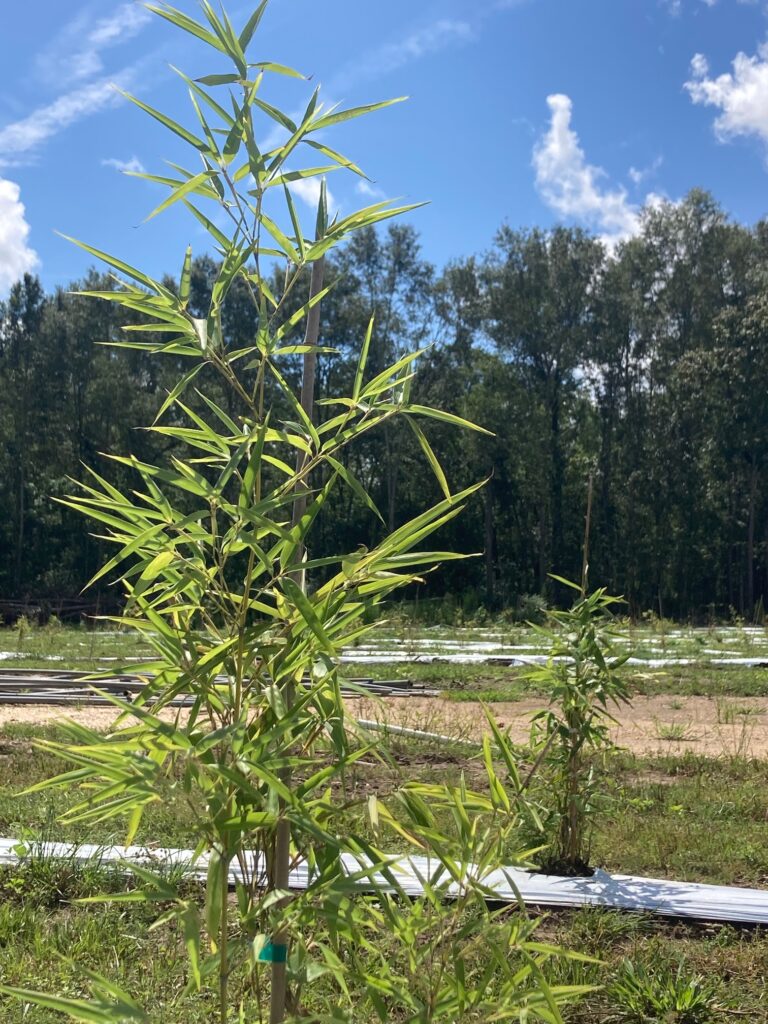
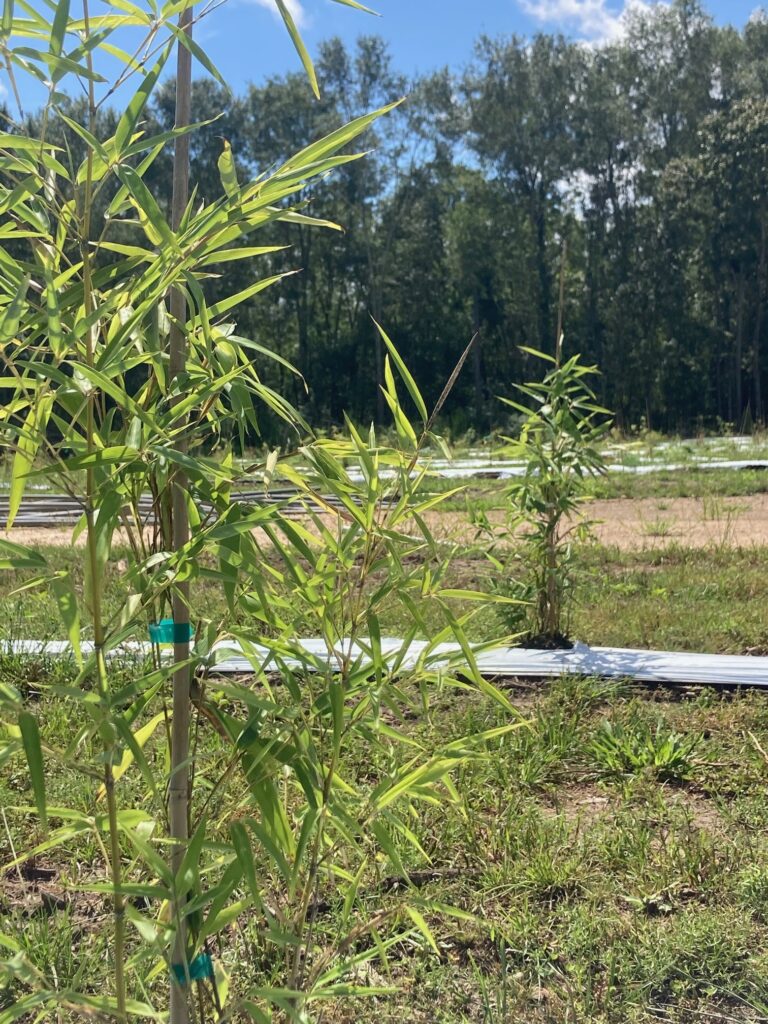
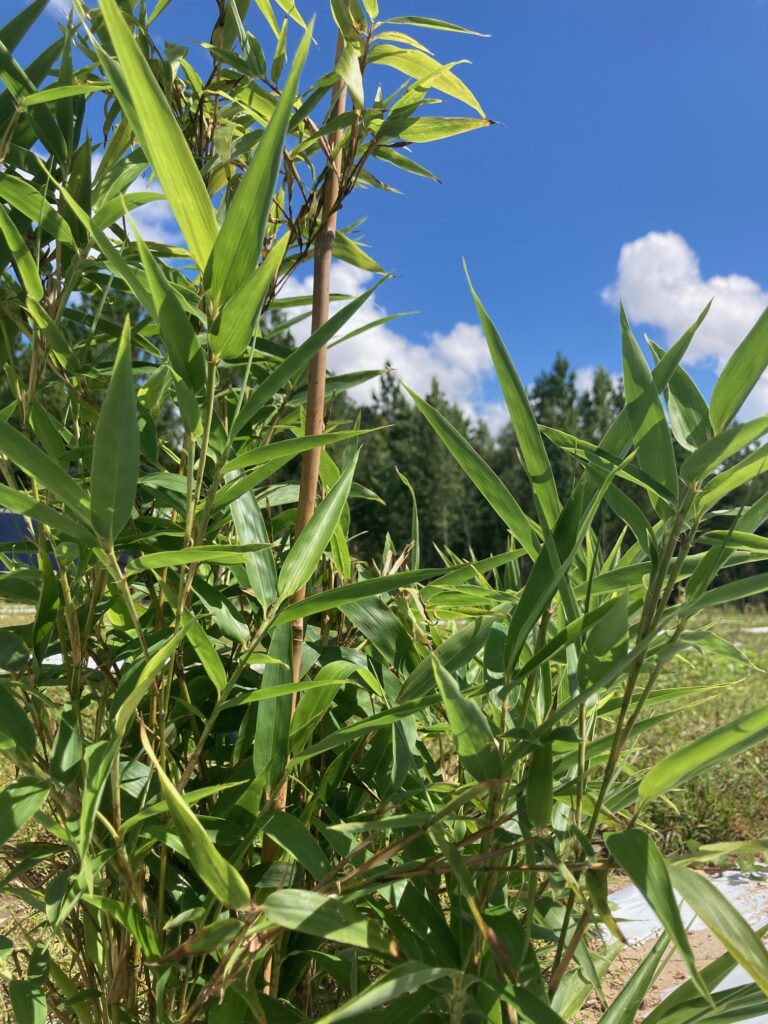

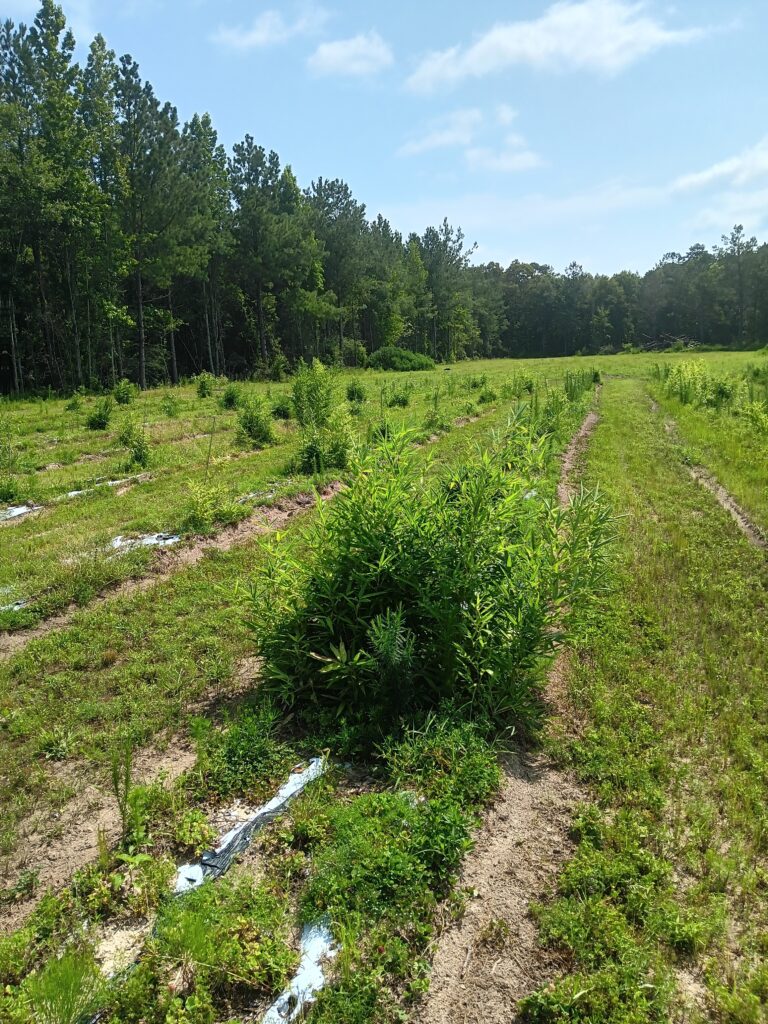
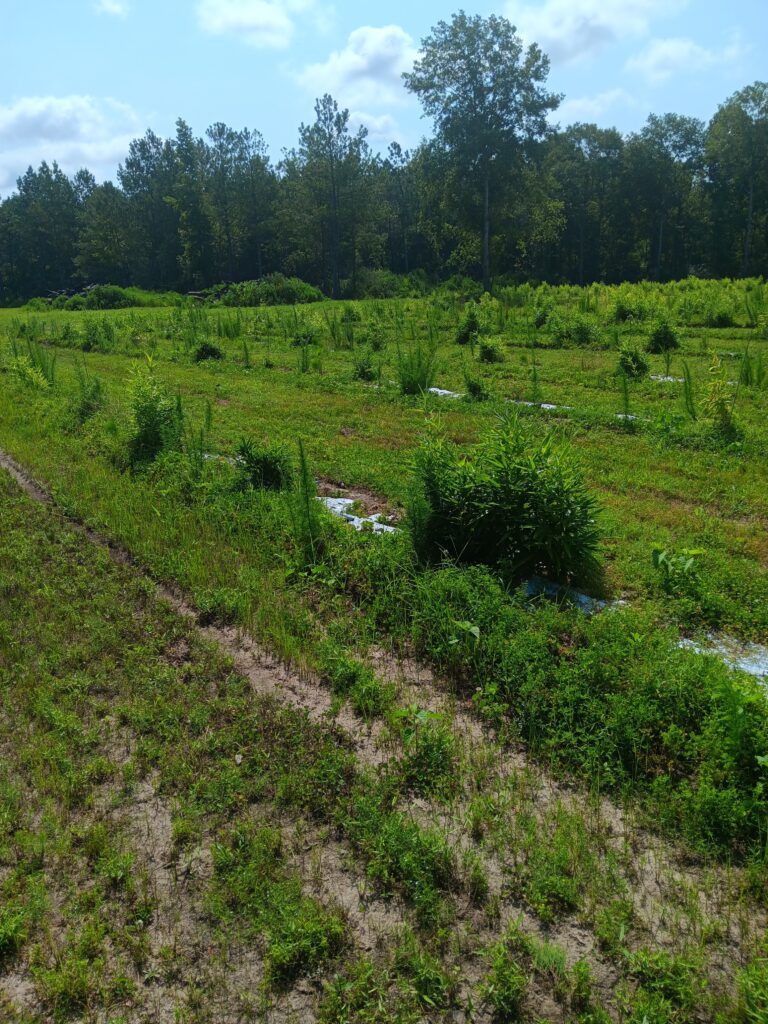
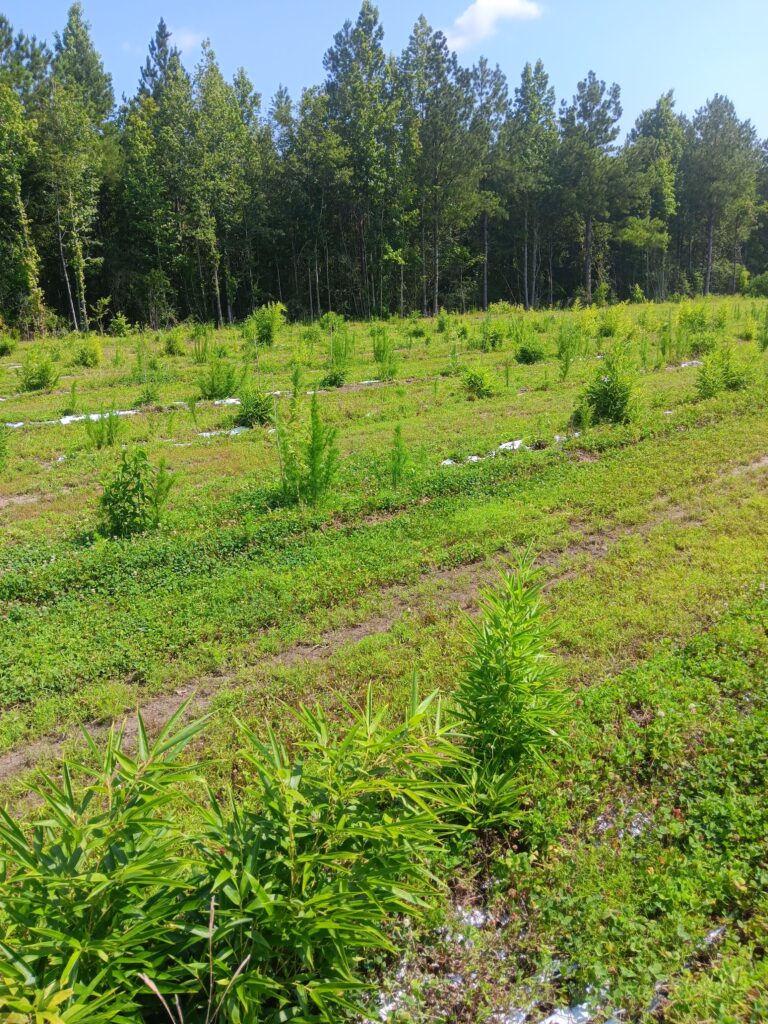
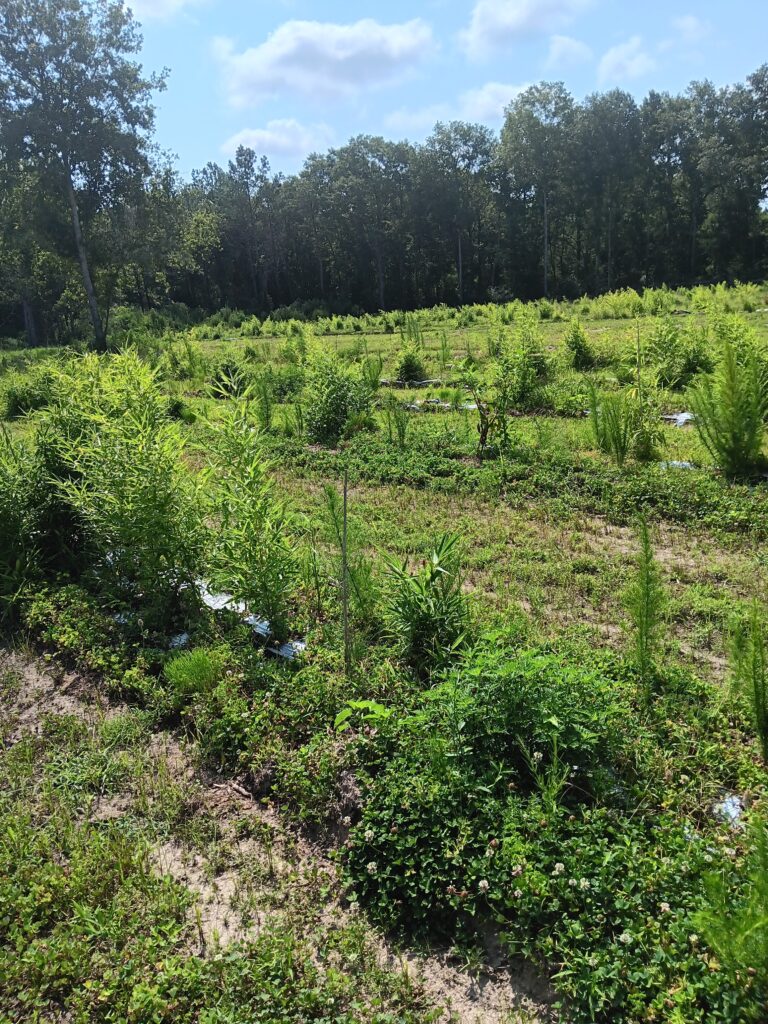

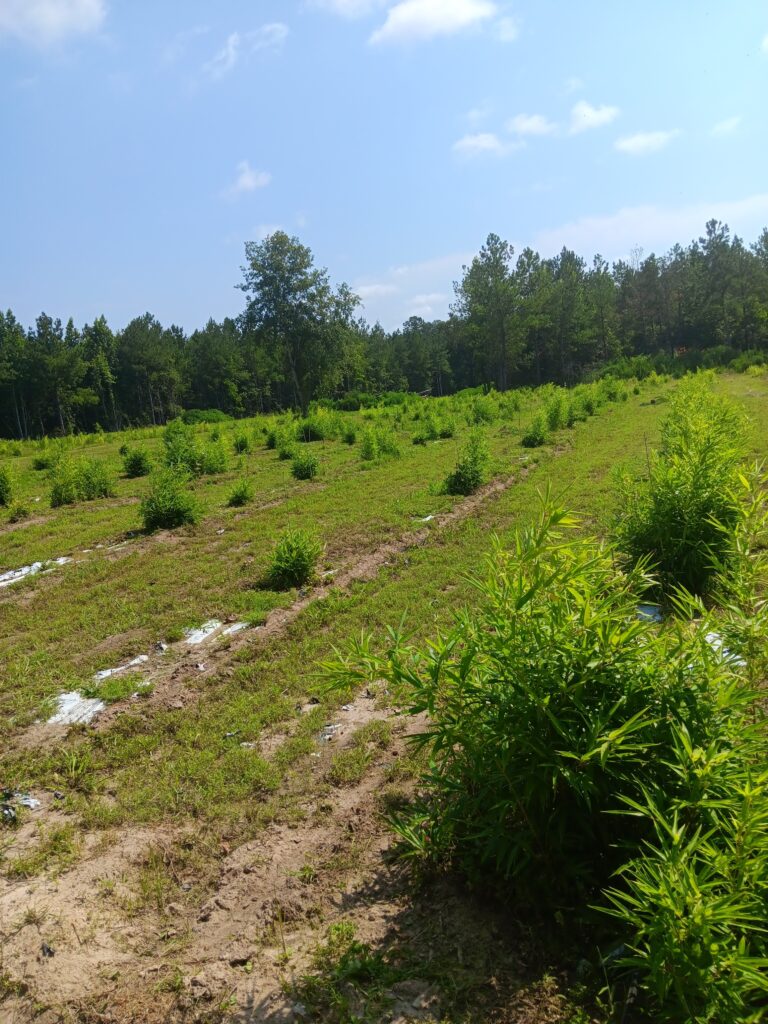
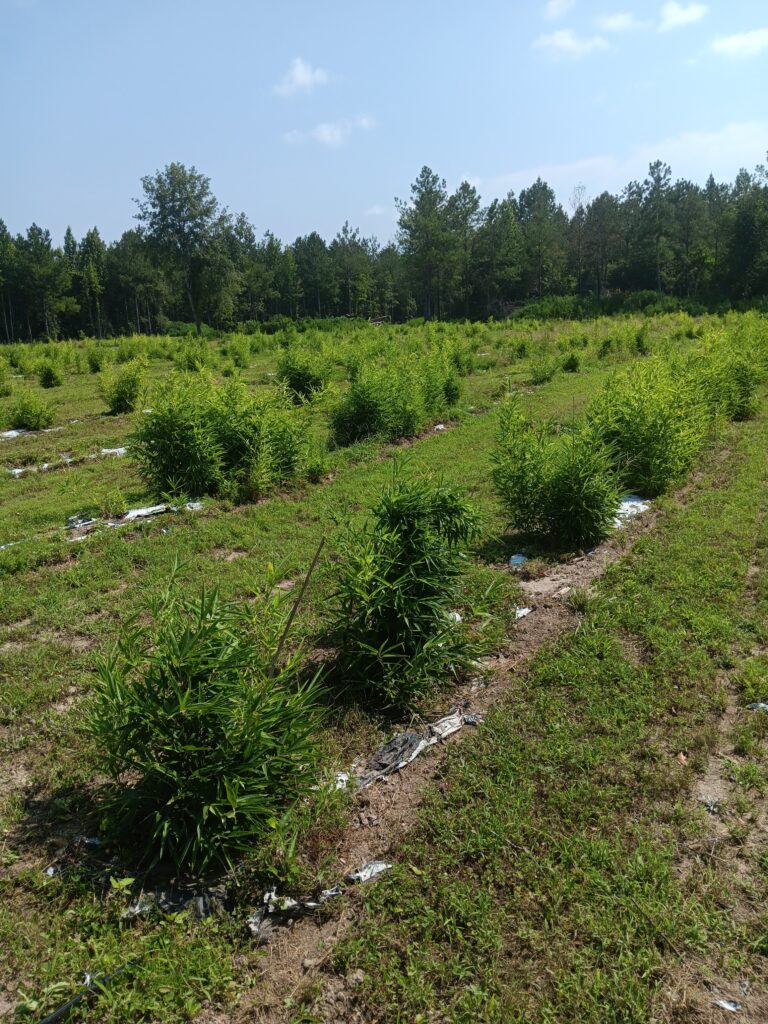
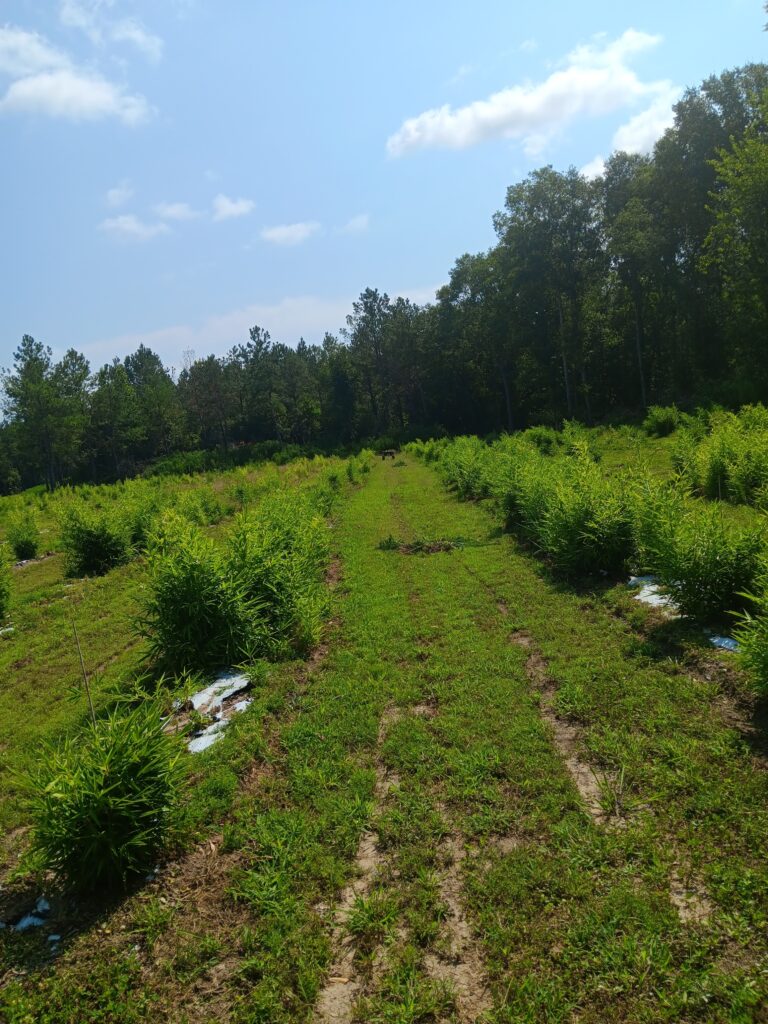
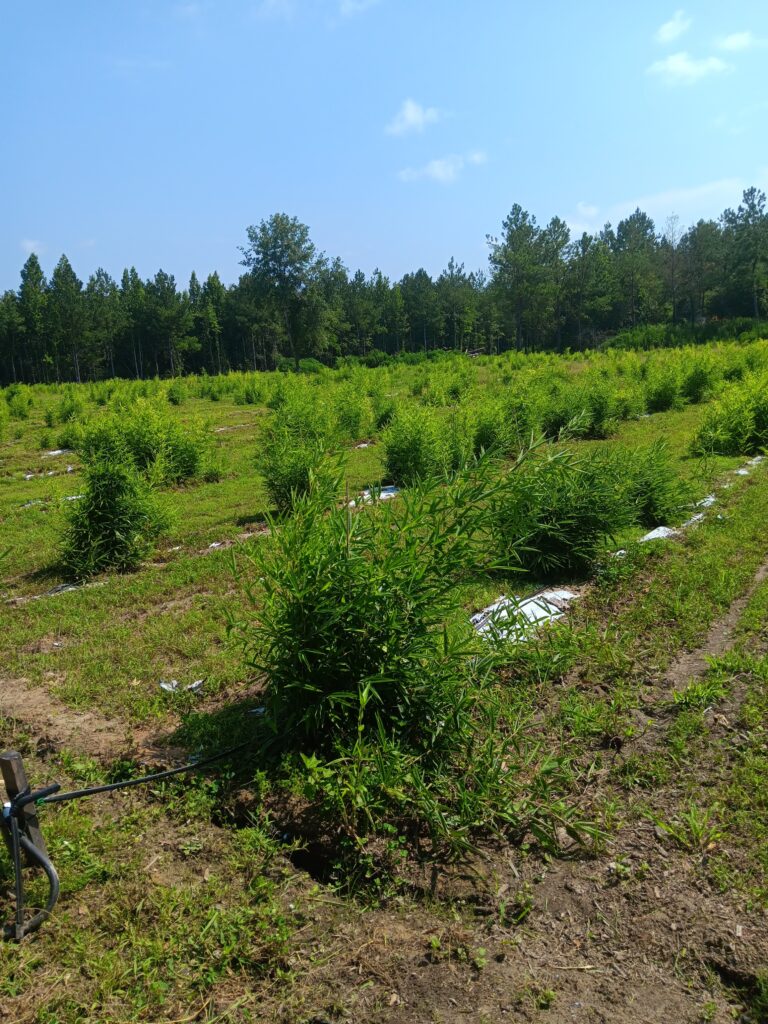
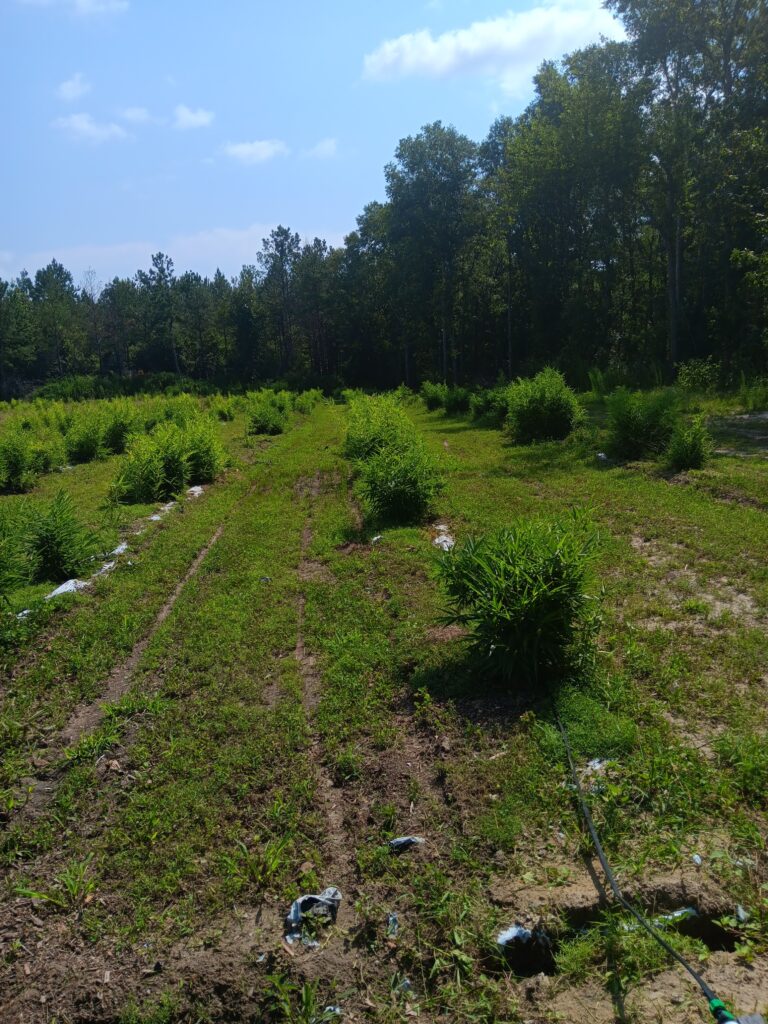
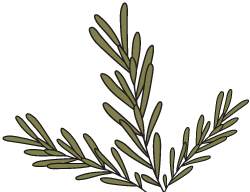
All sponsors receive a plant in their name and site recognition.
We are currently accepting many forms of donations,
from farming equipment, volunteer labor, and planting supplies.
We also have a section of our farm where sponsors can grow their own way.
Feel free to contact us by filling out the form below to learn more.